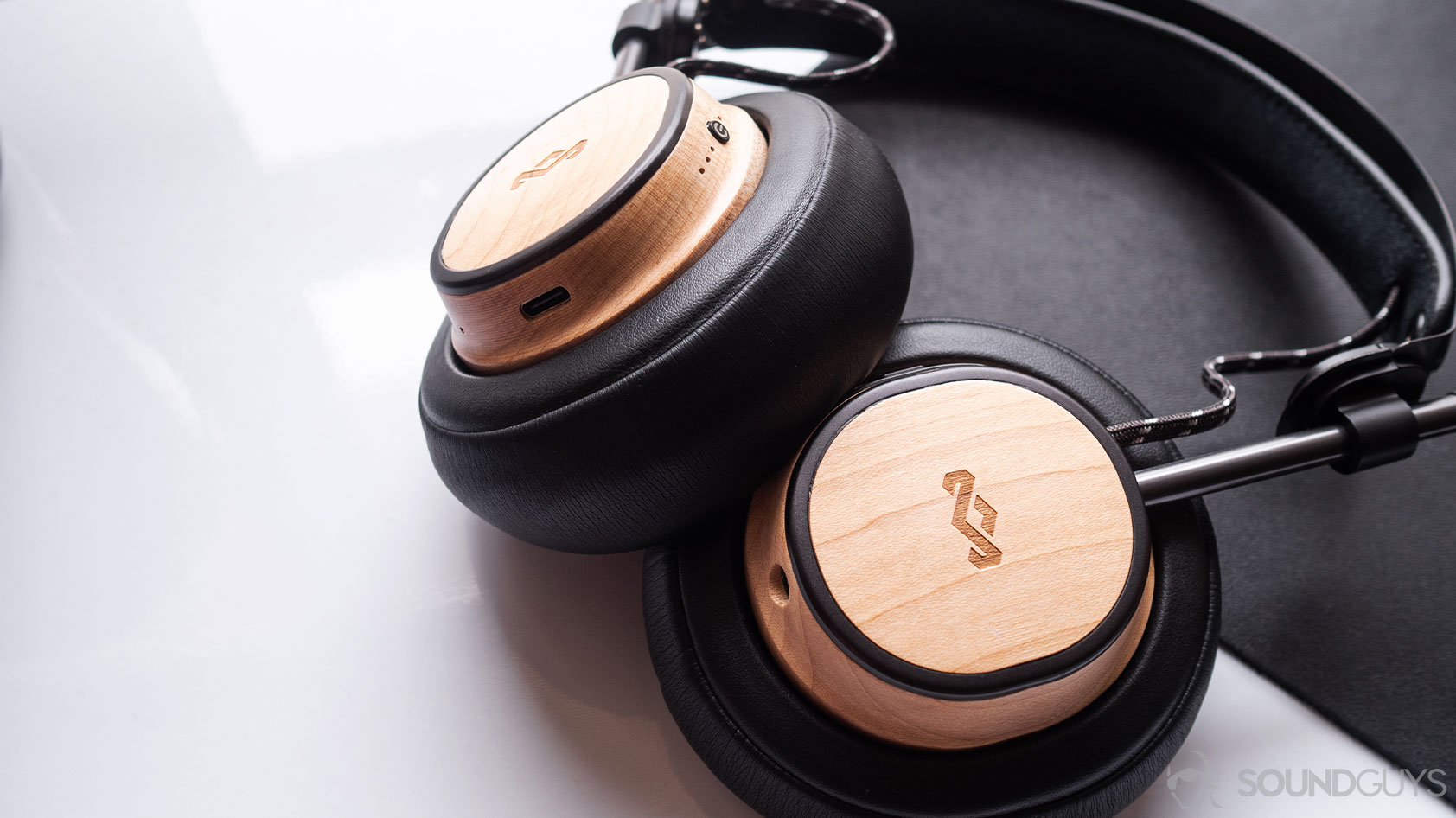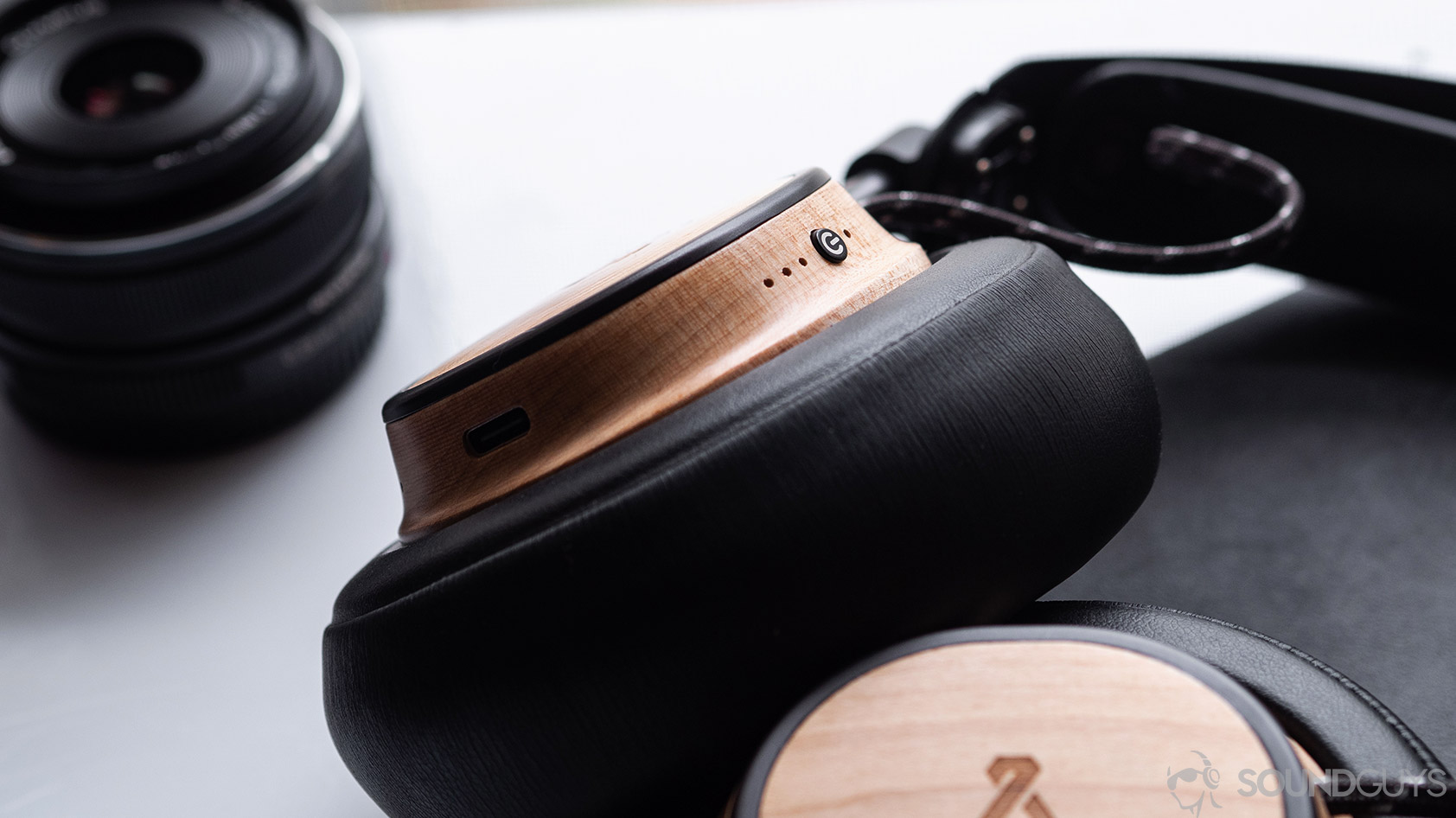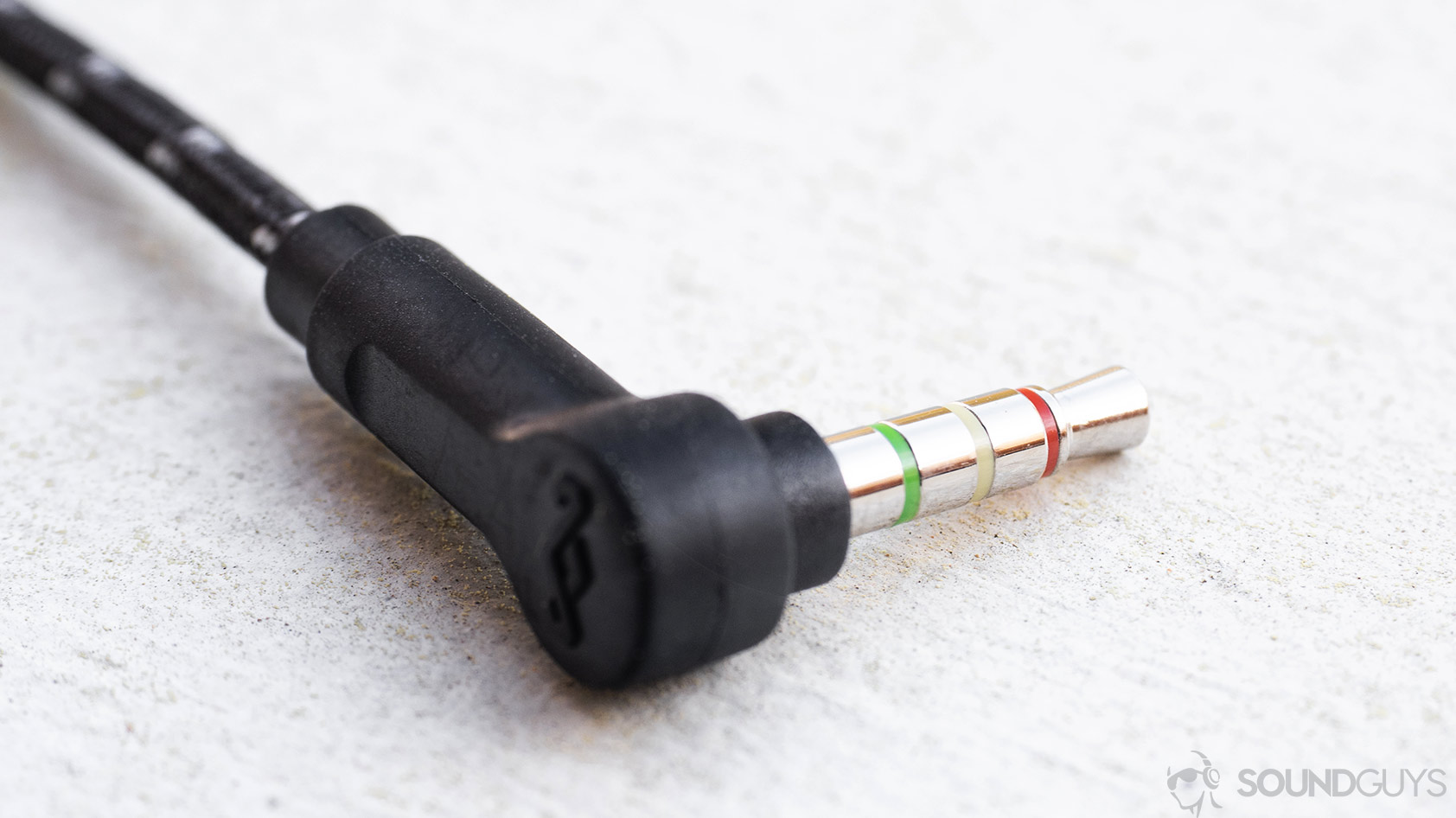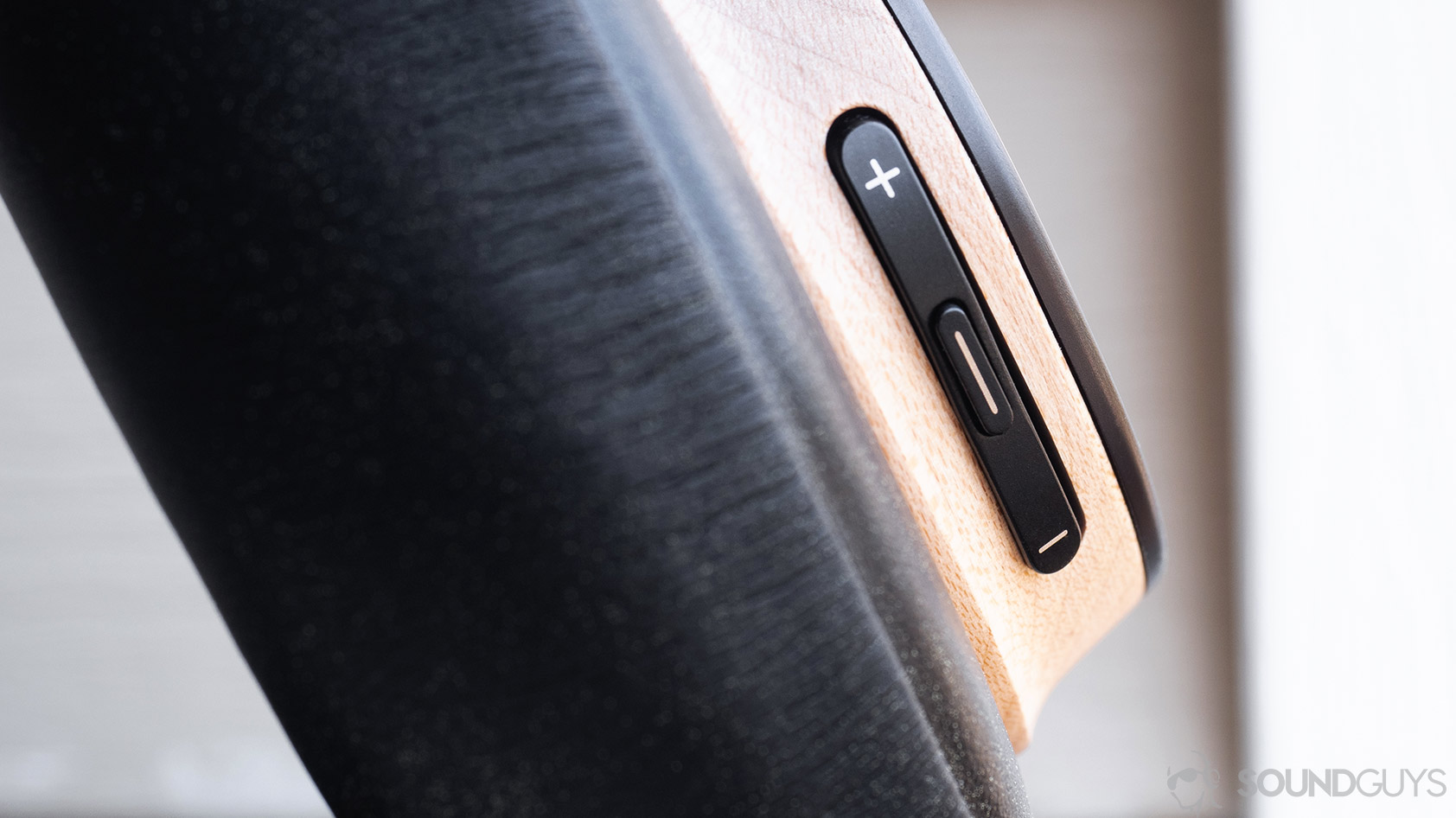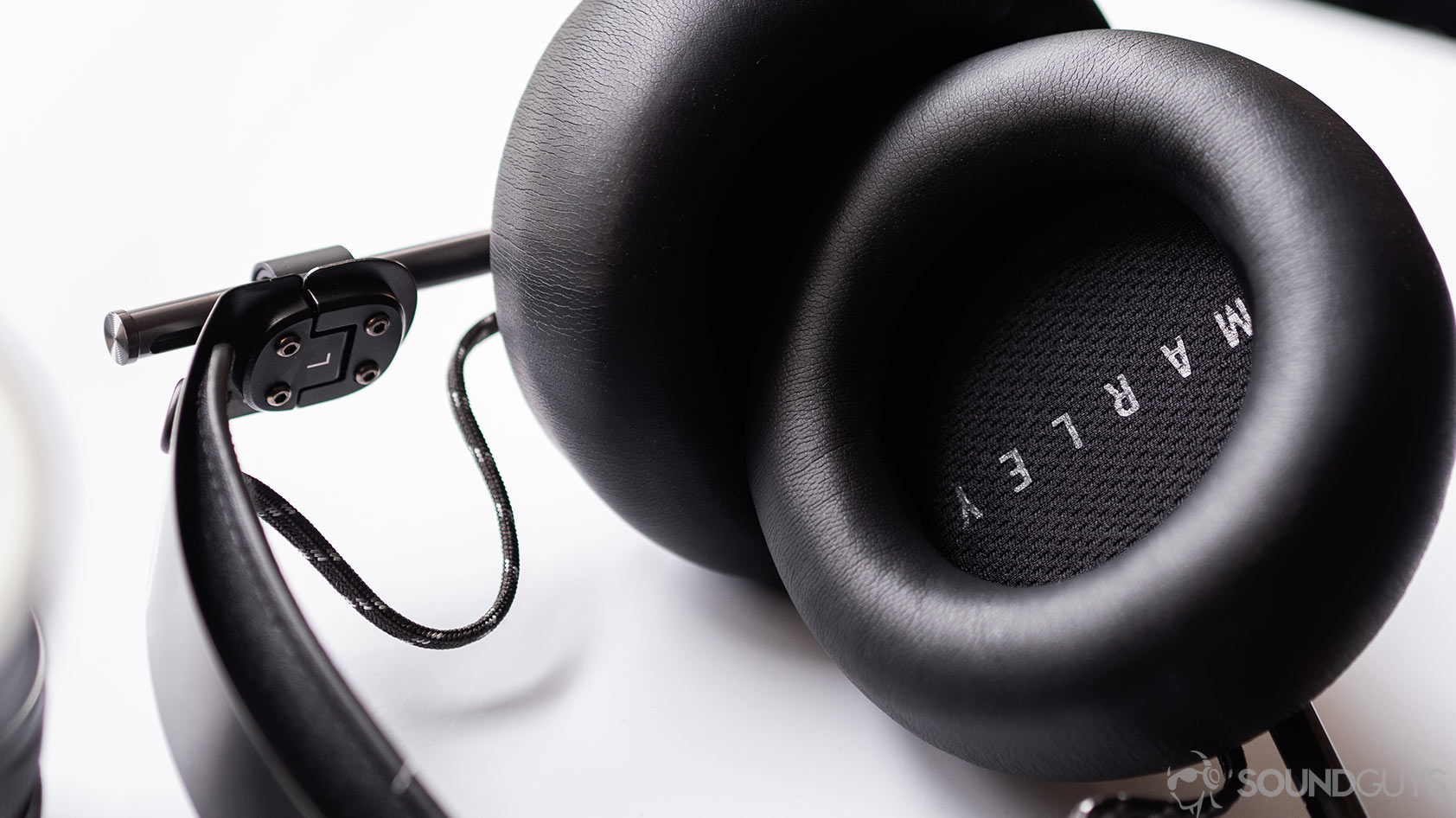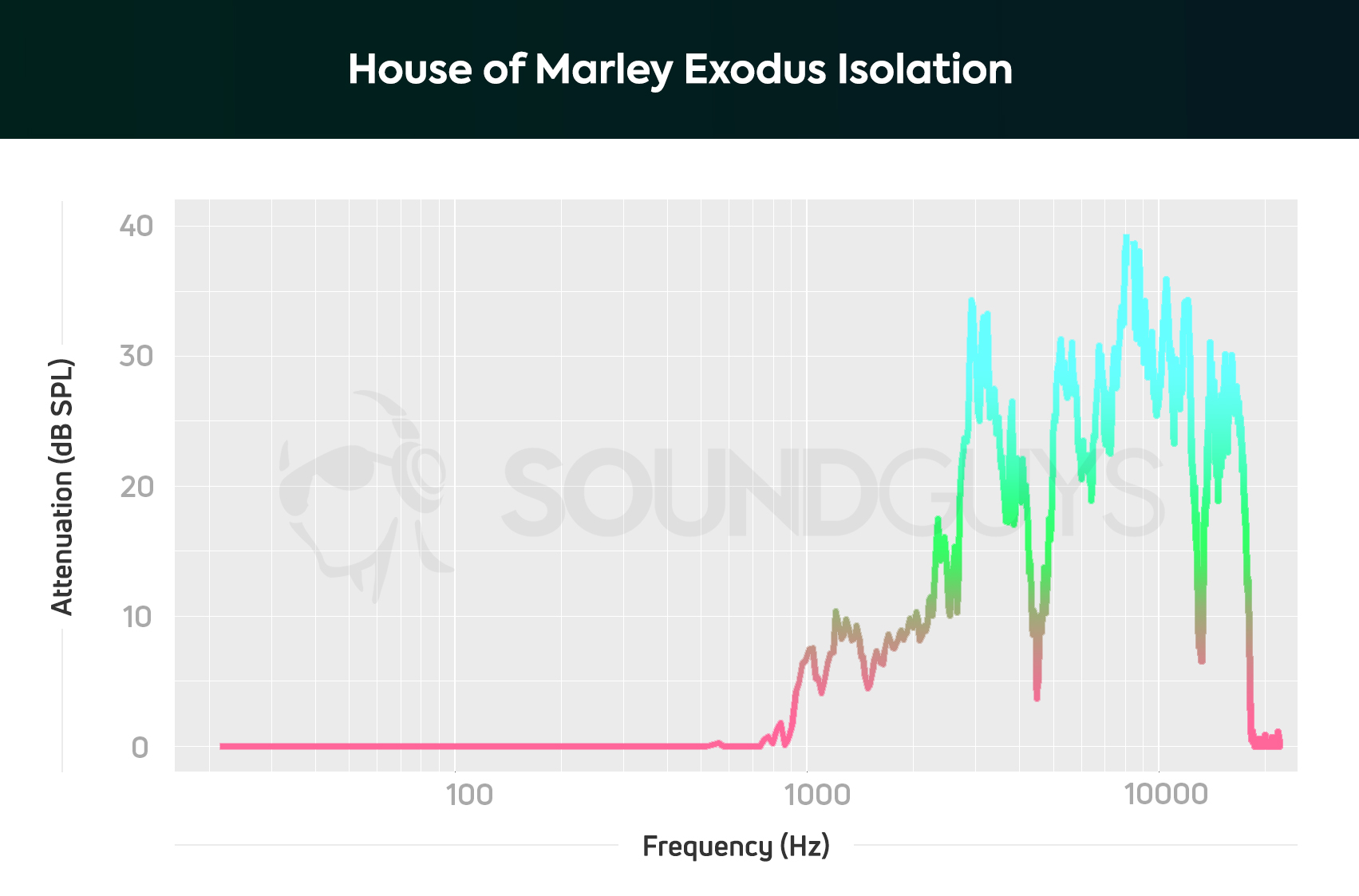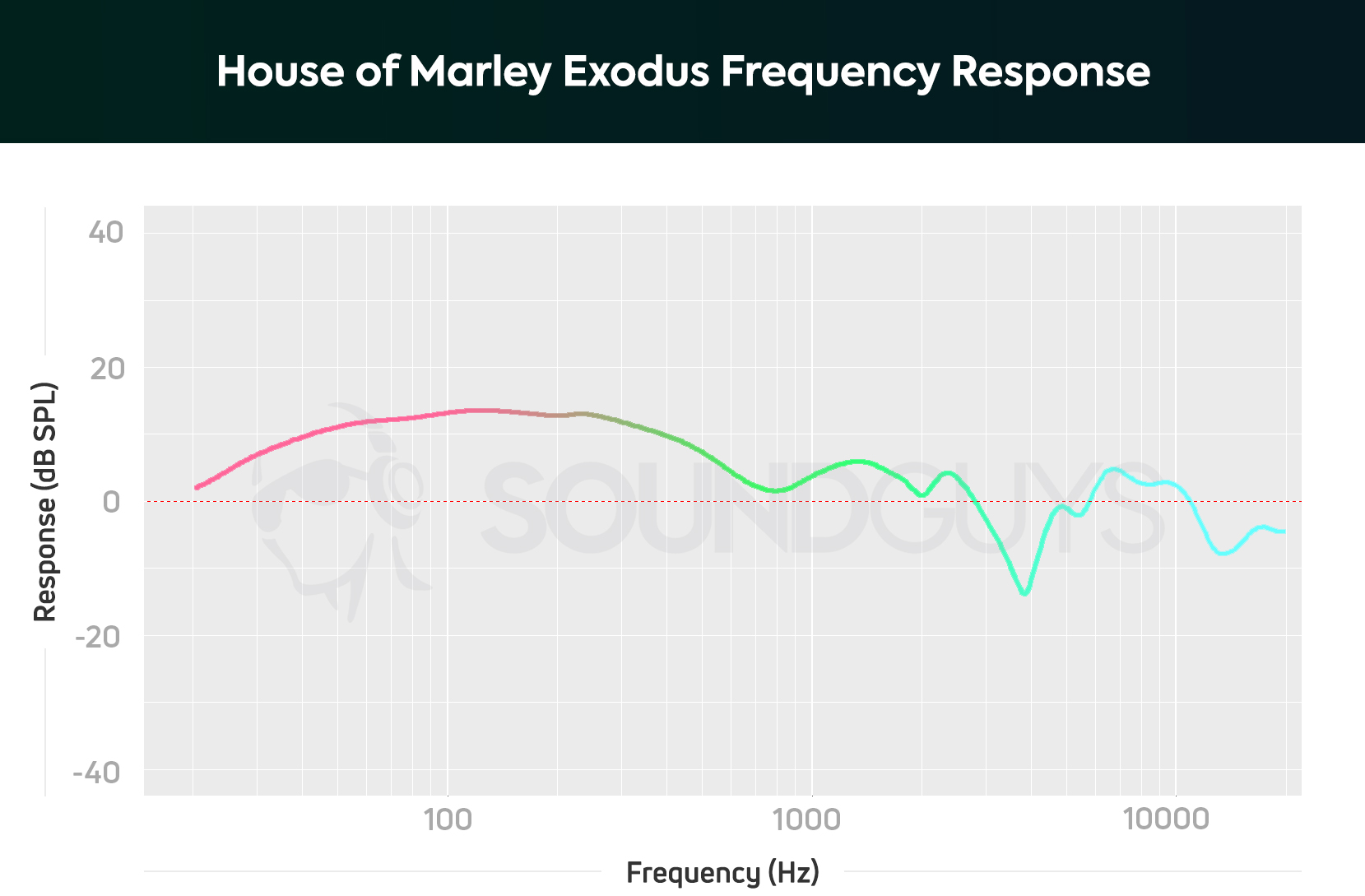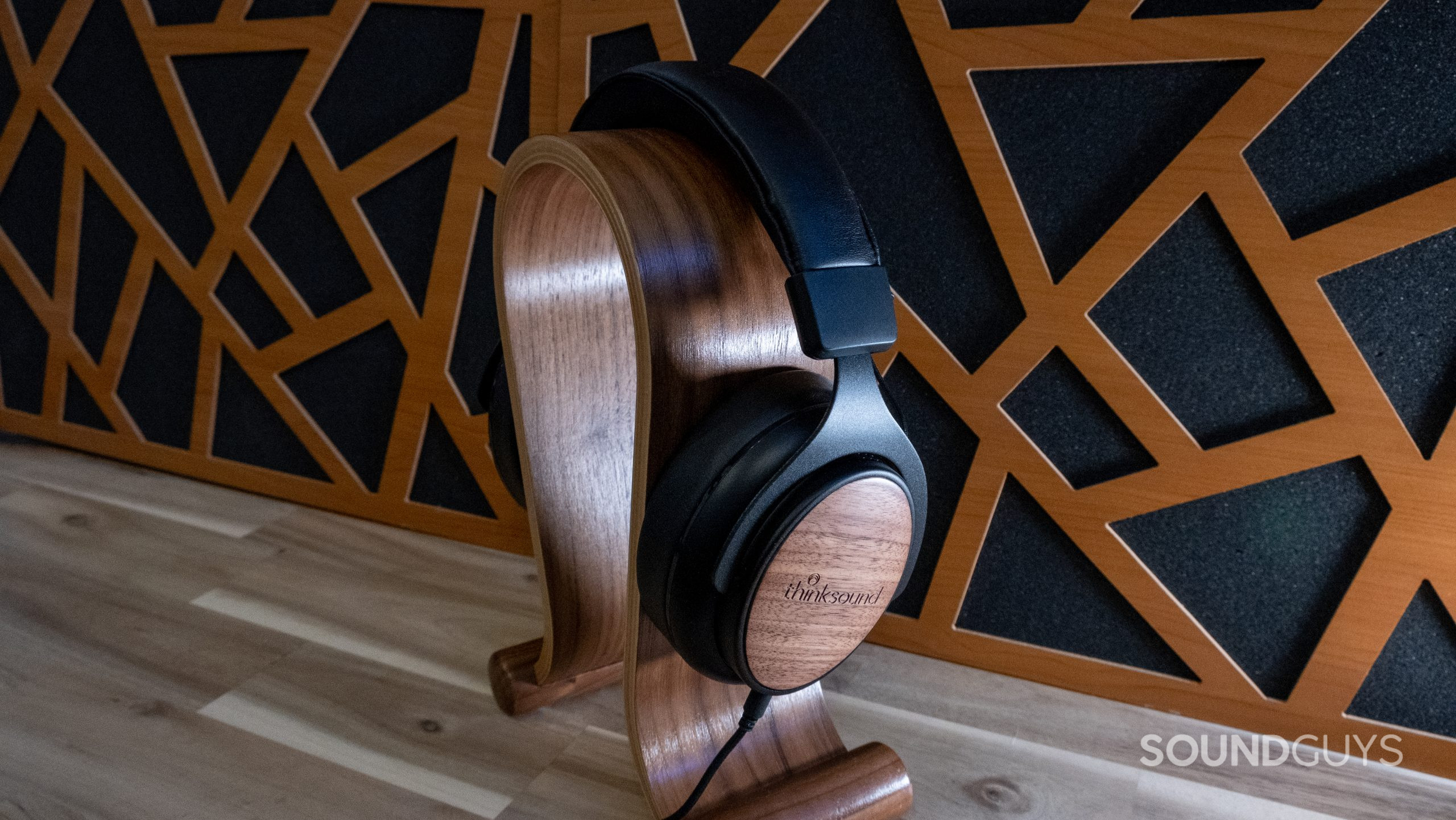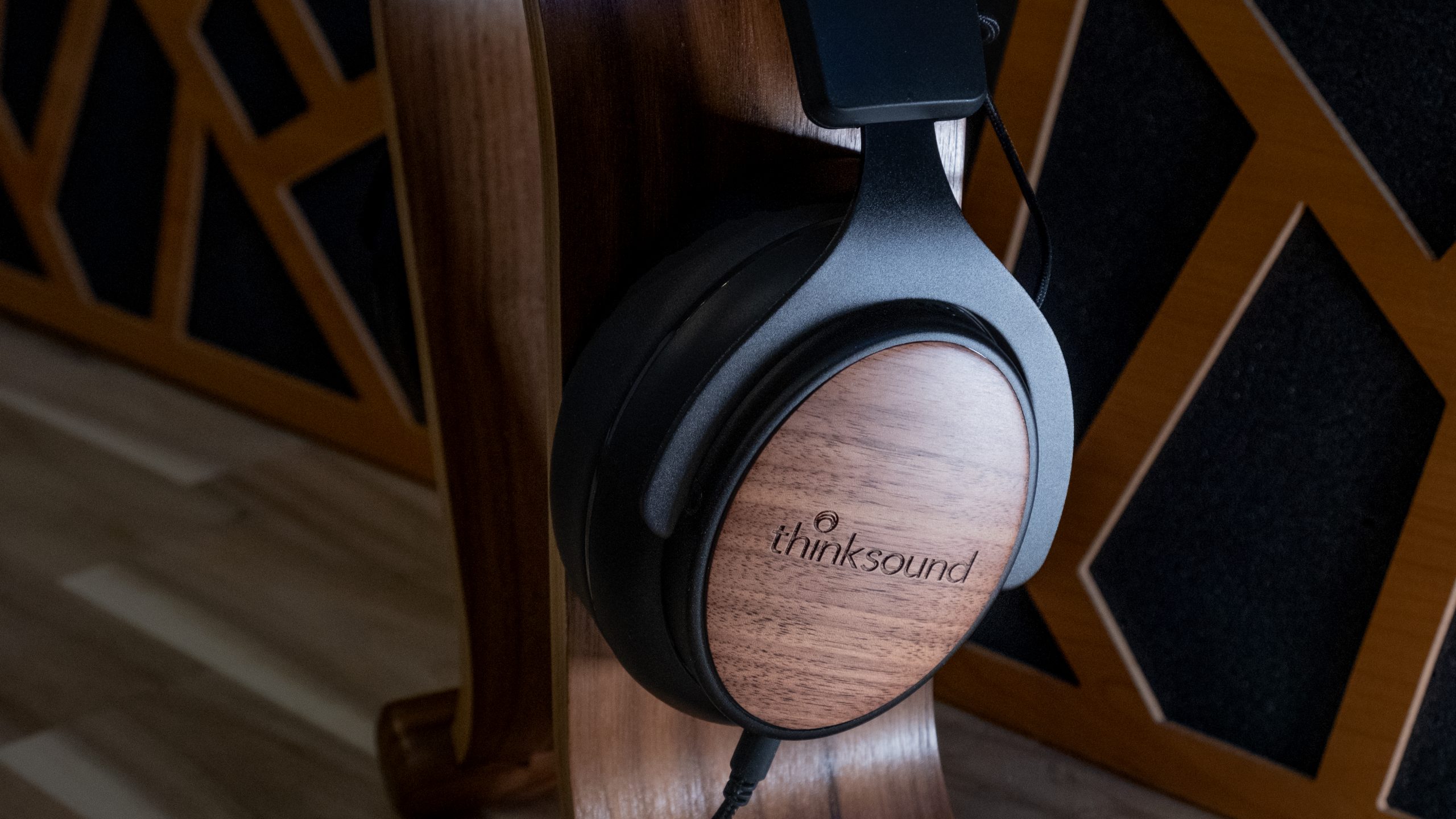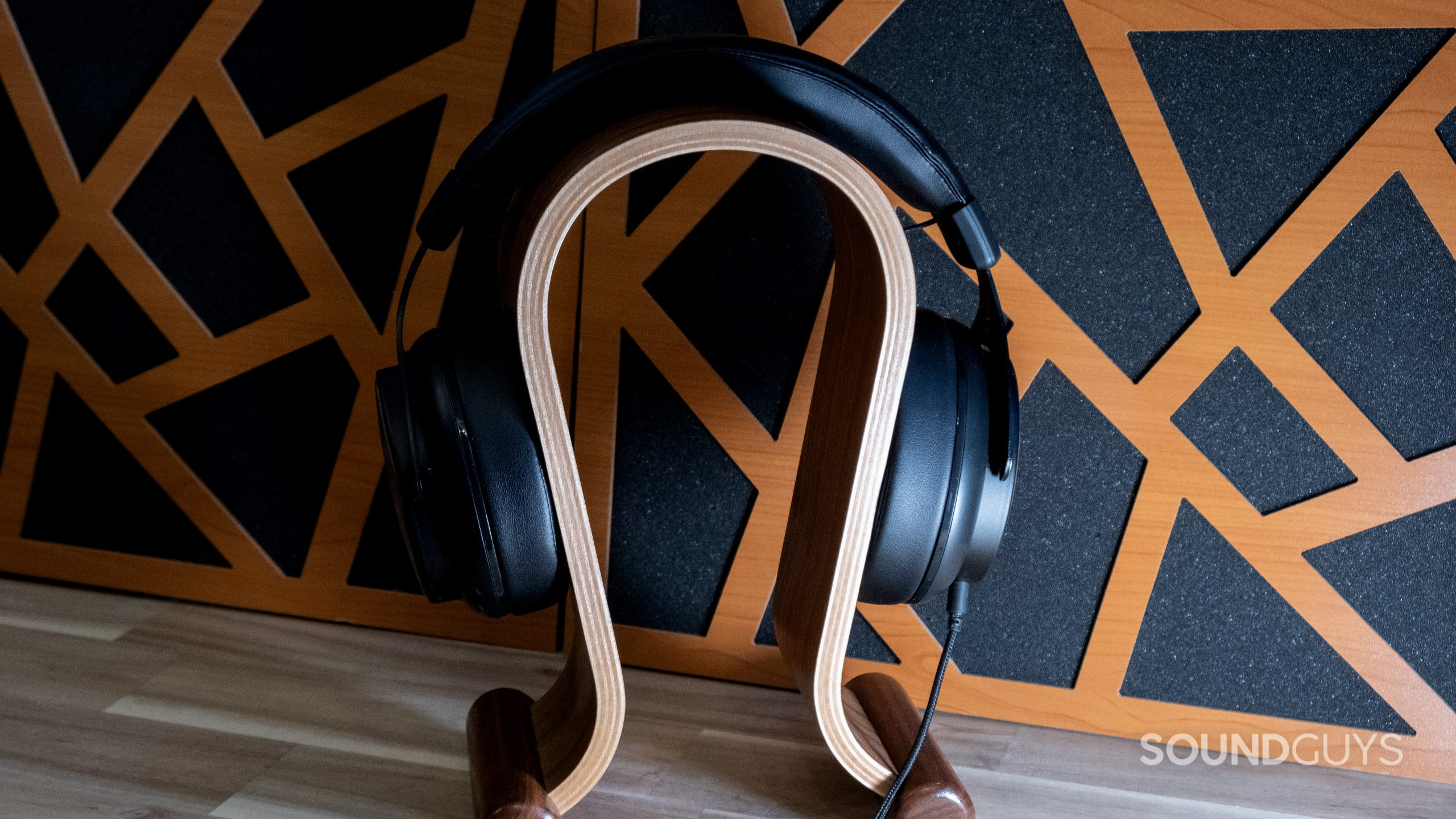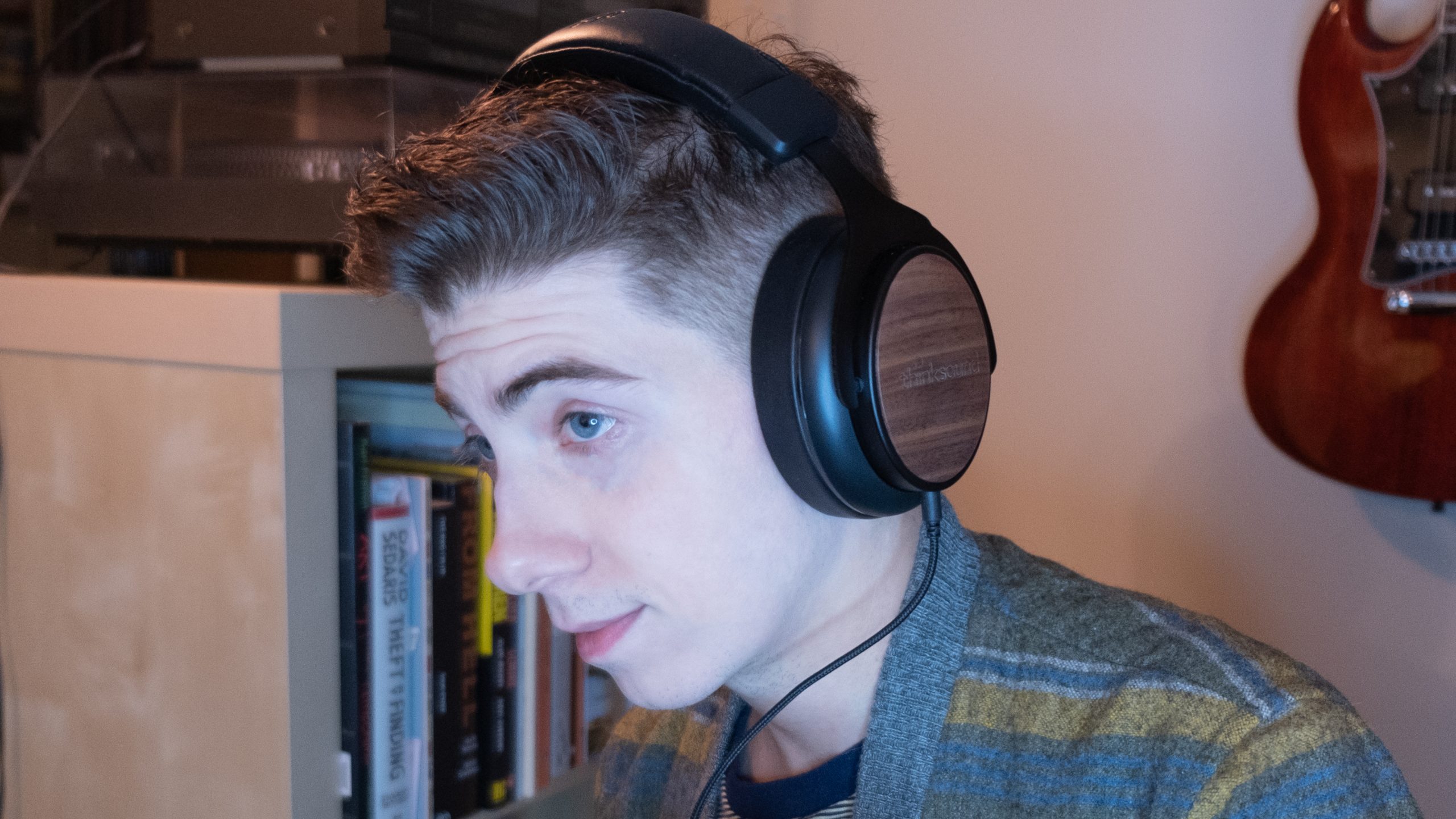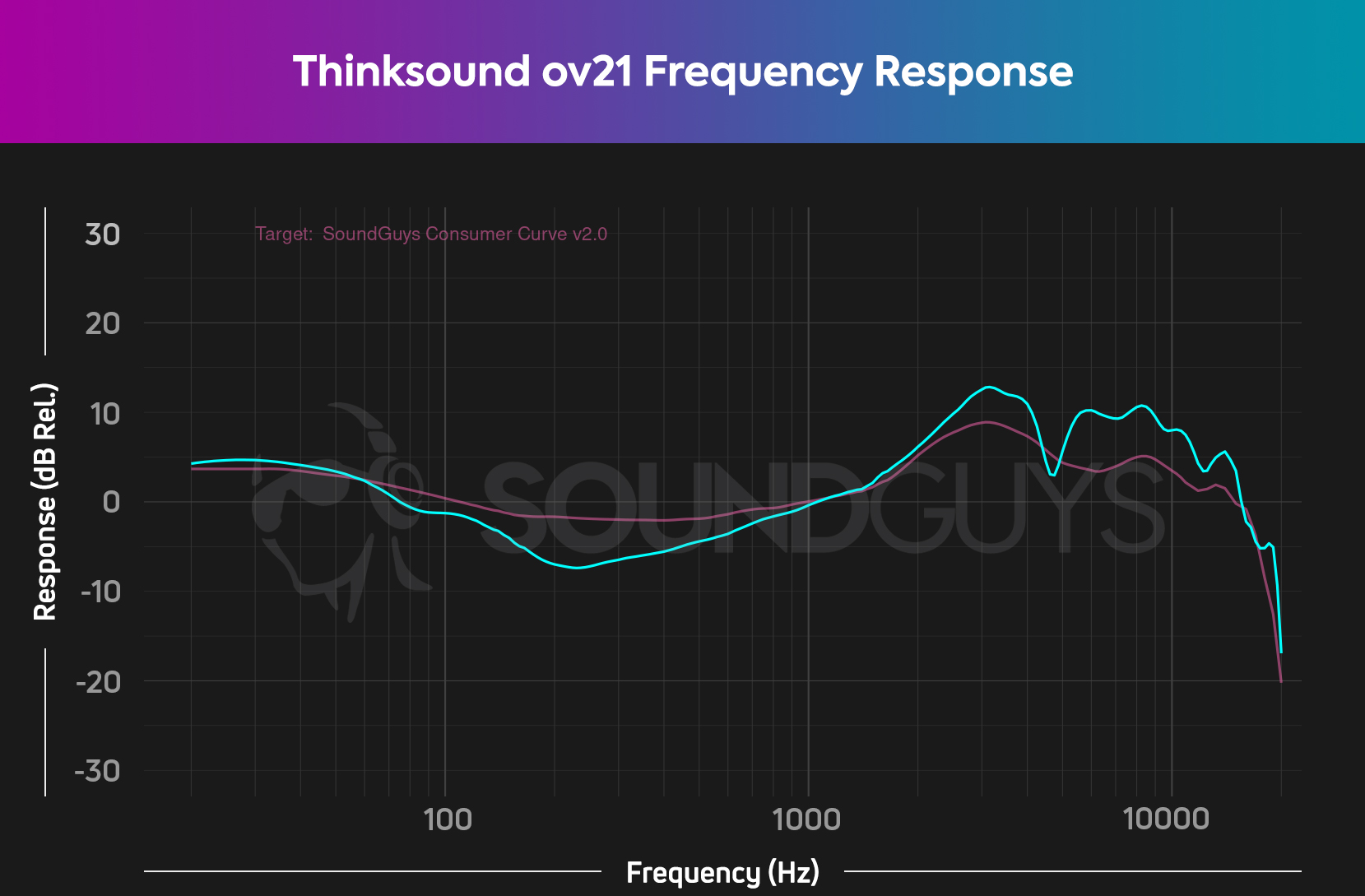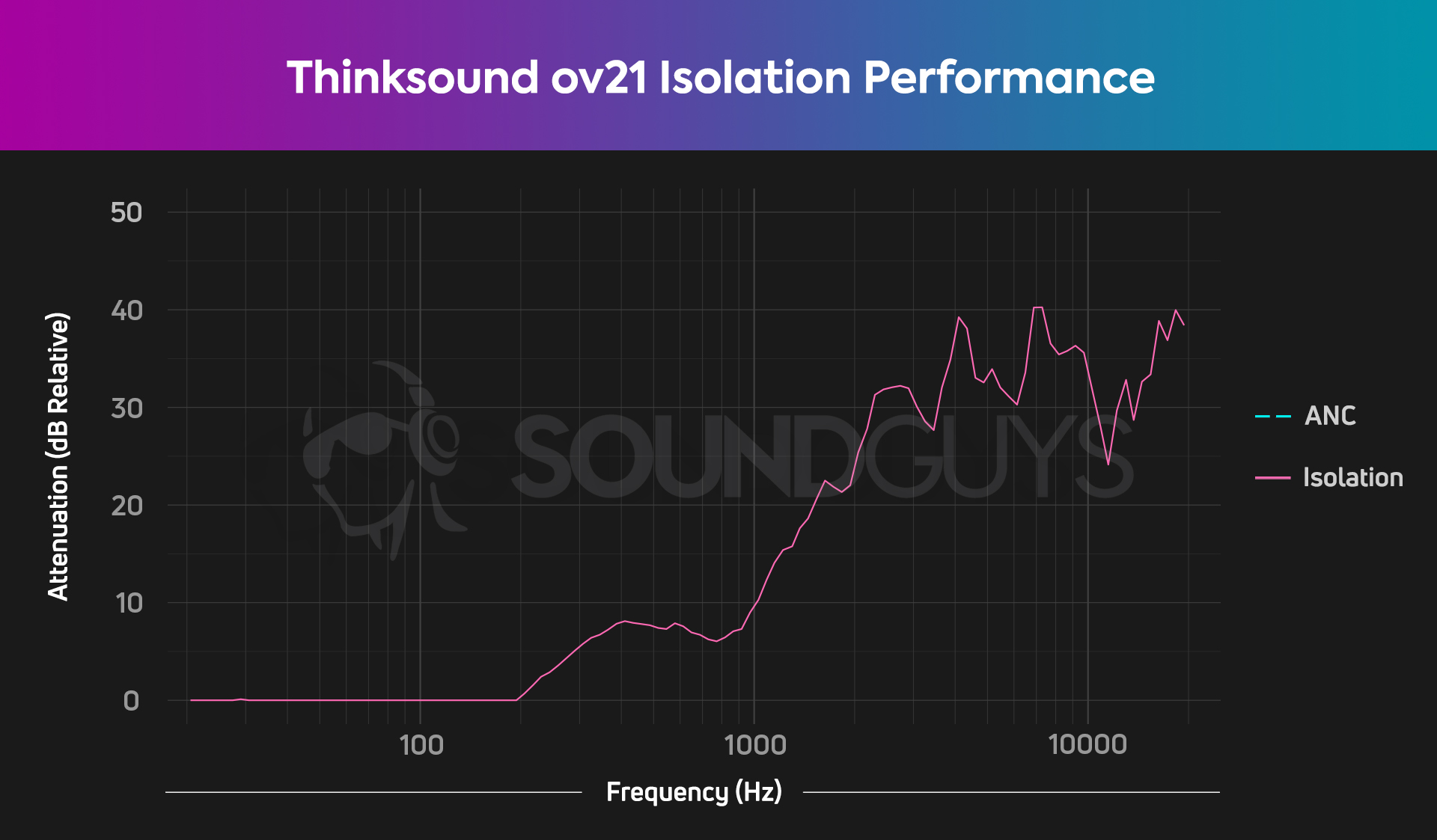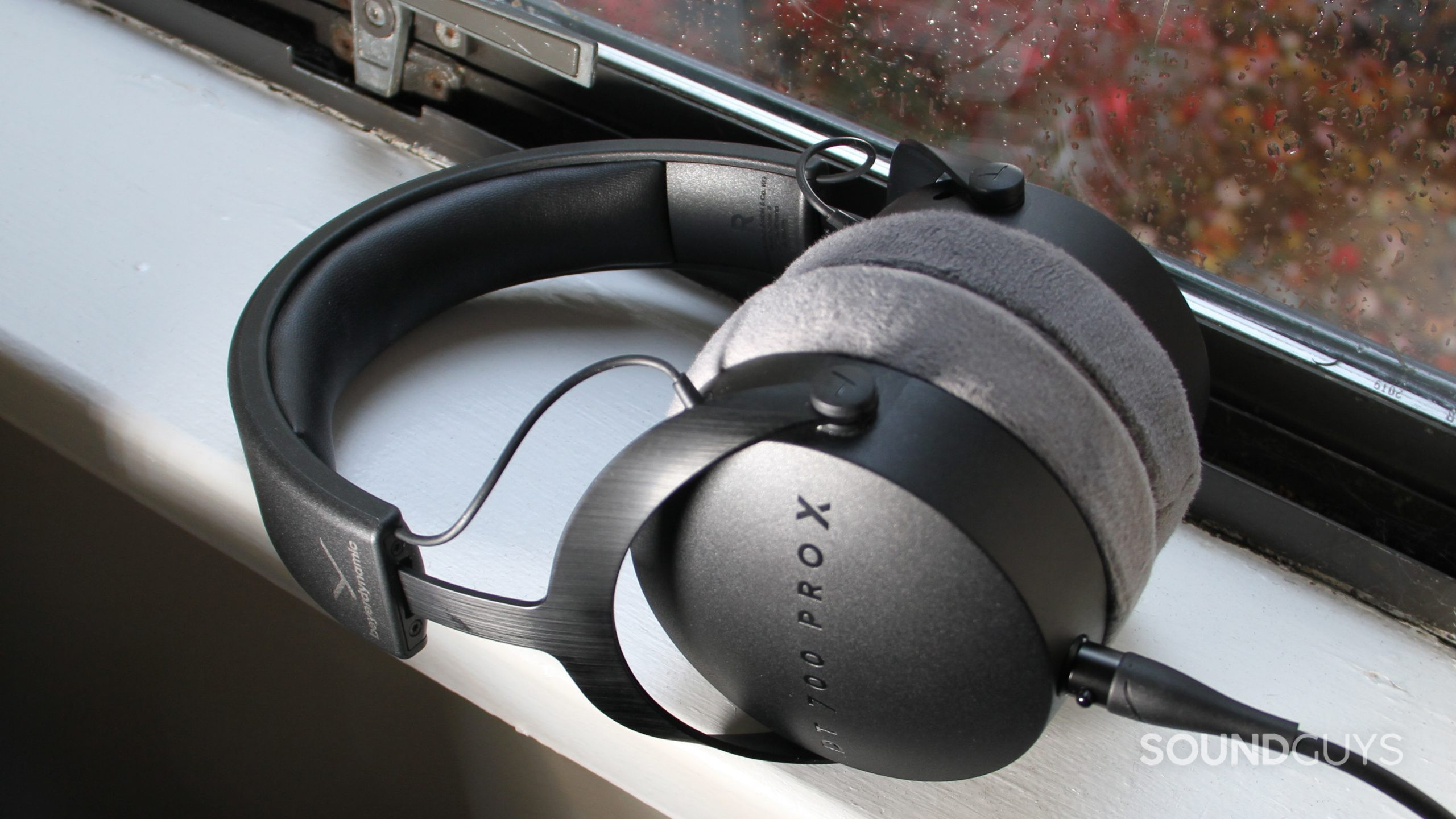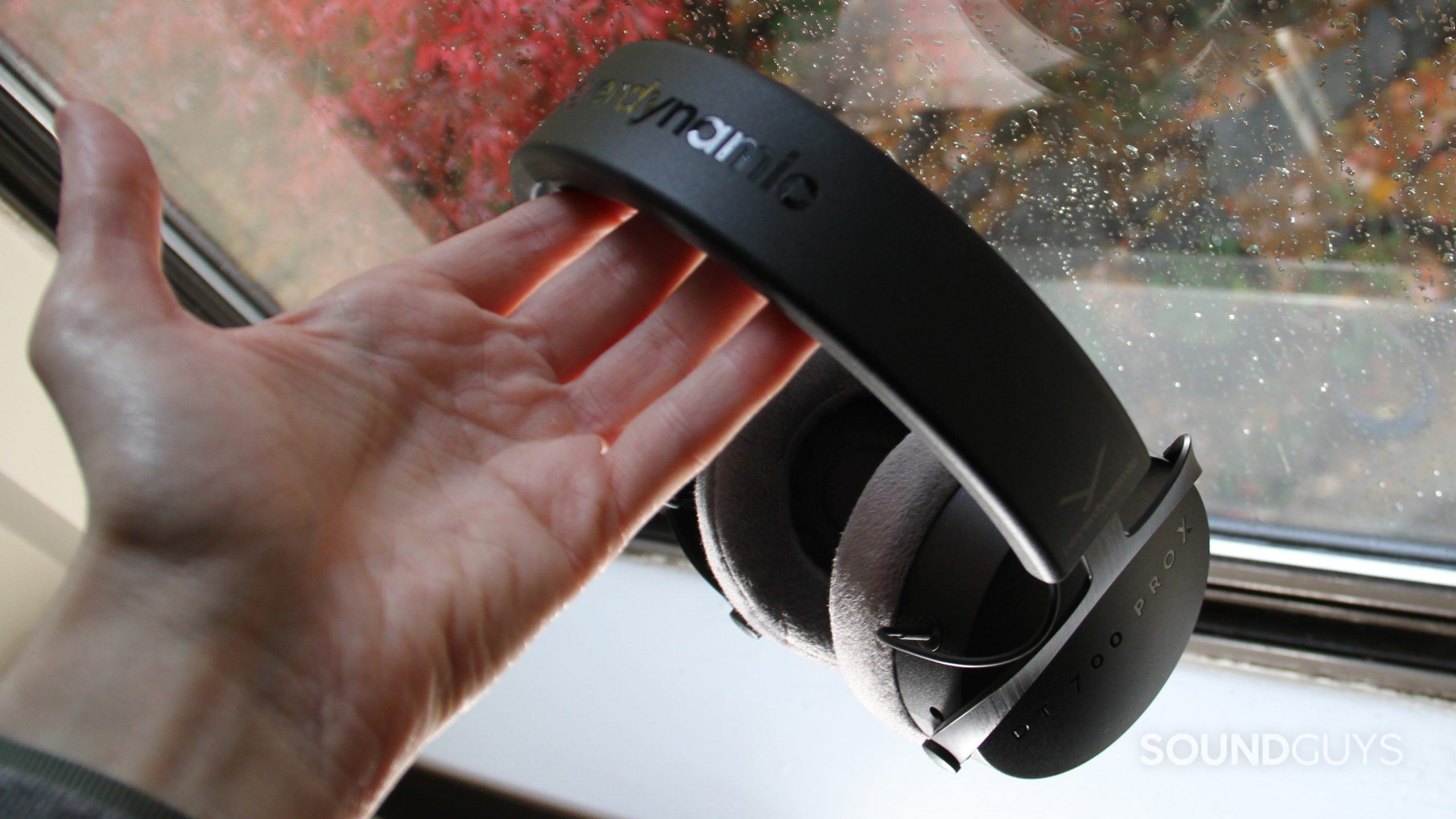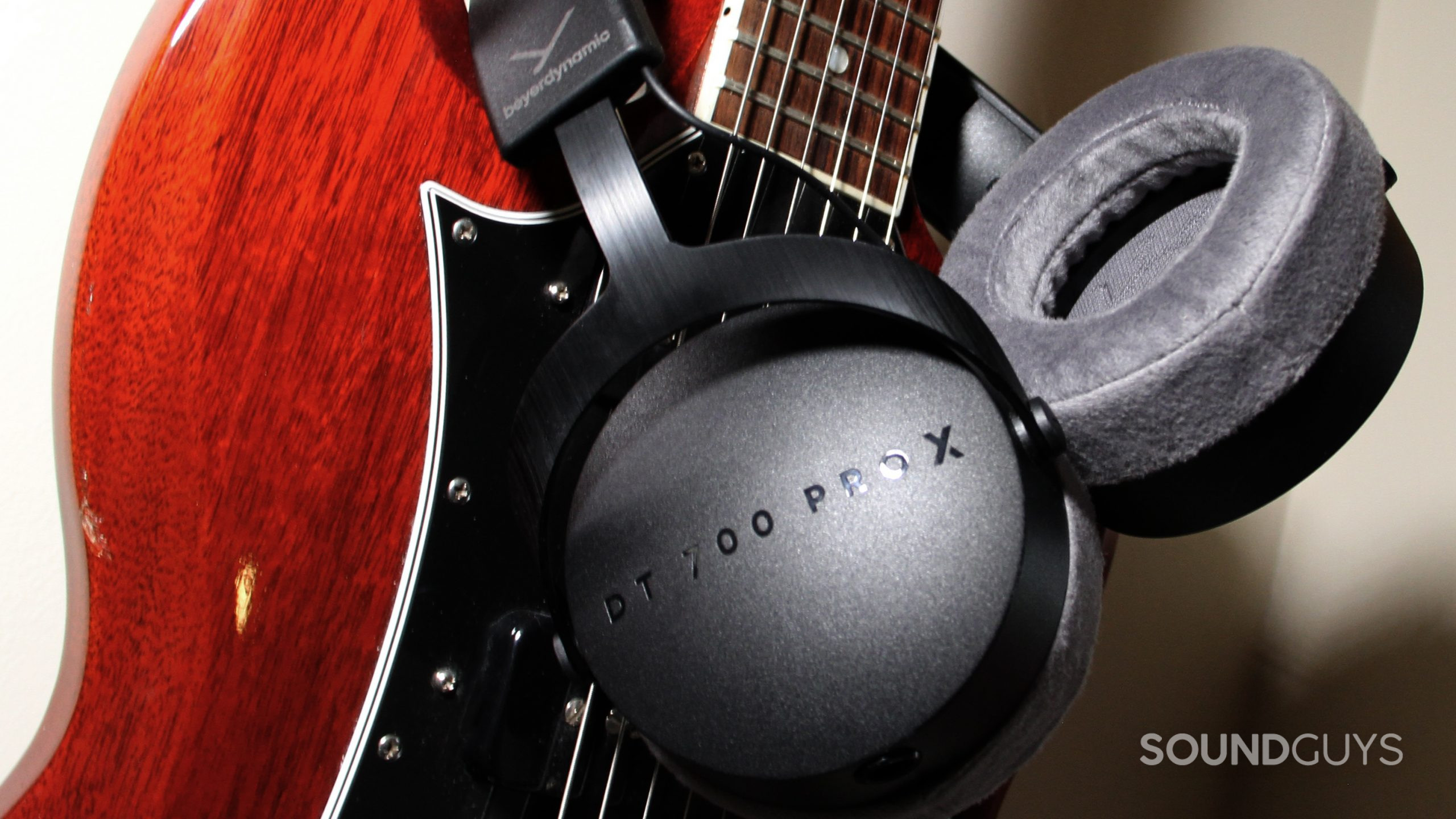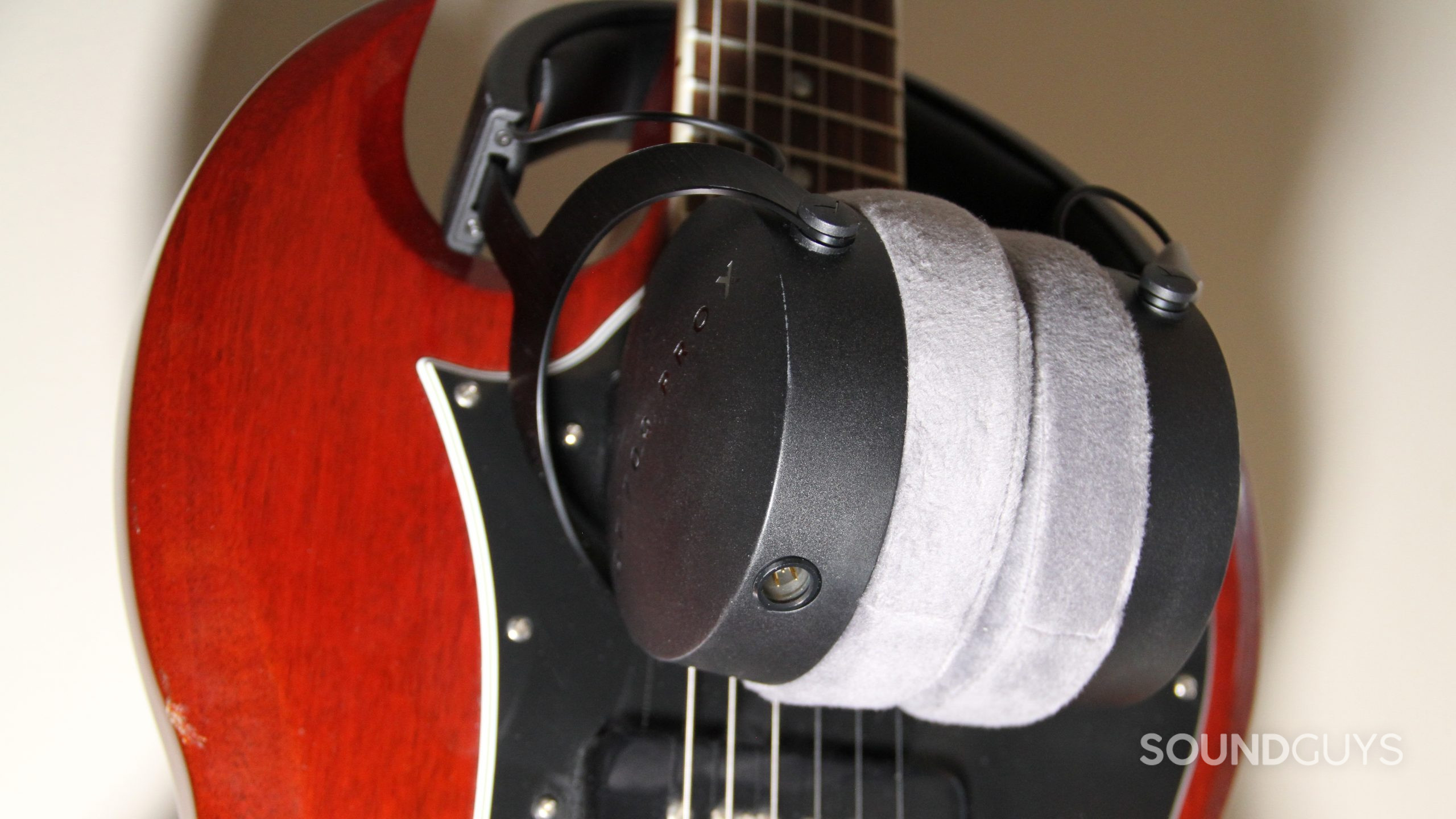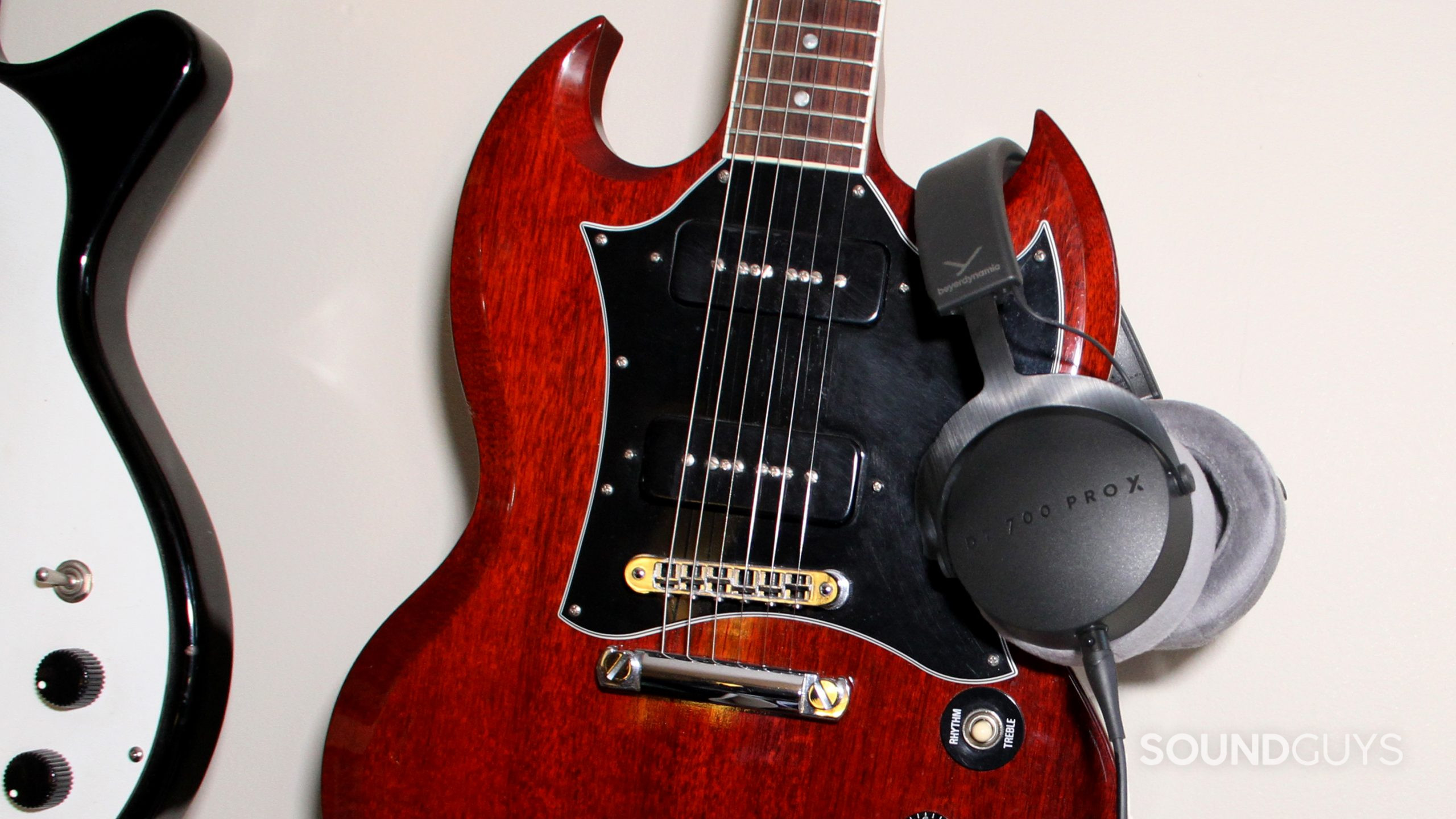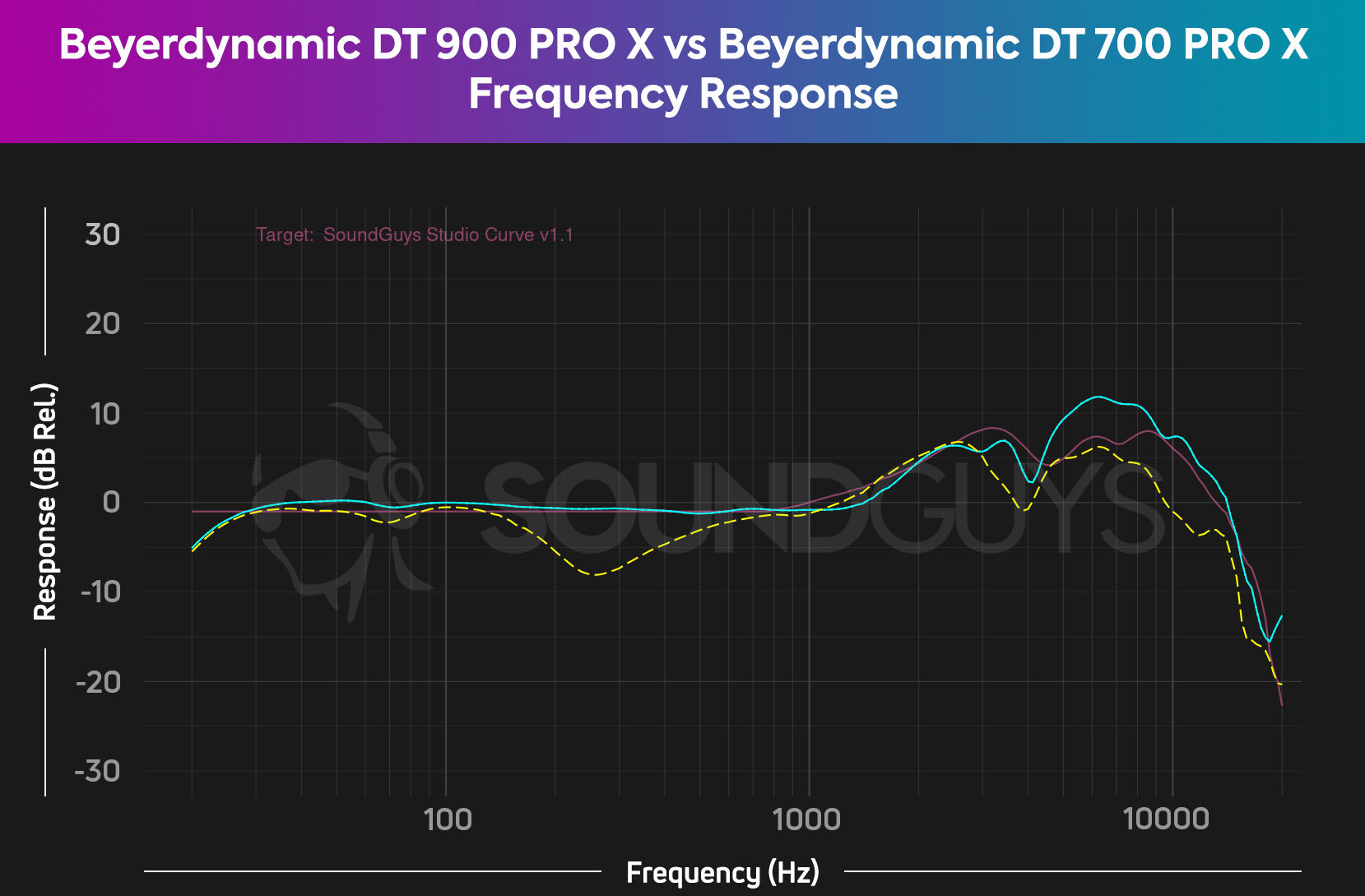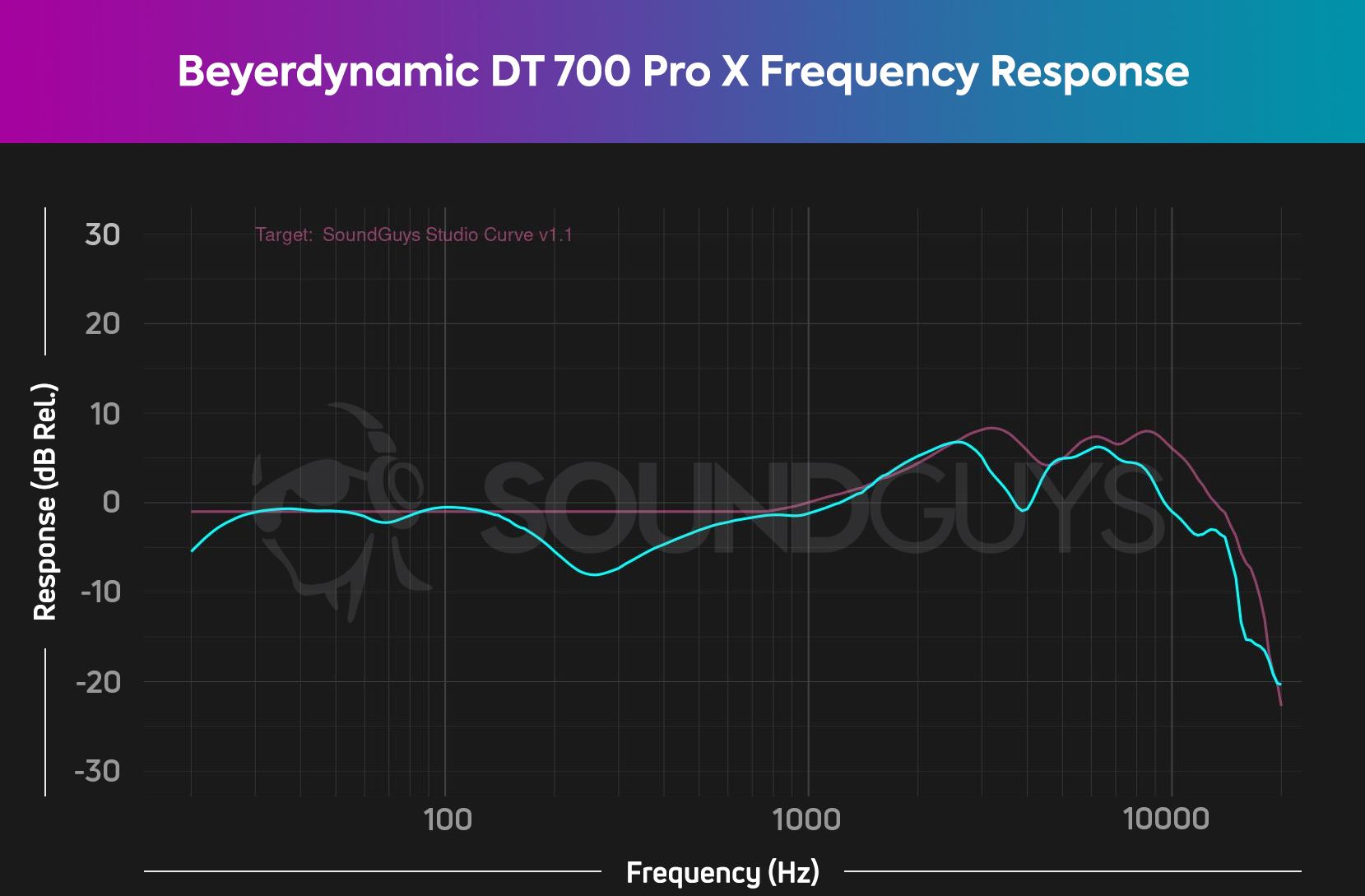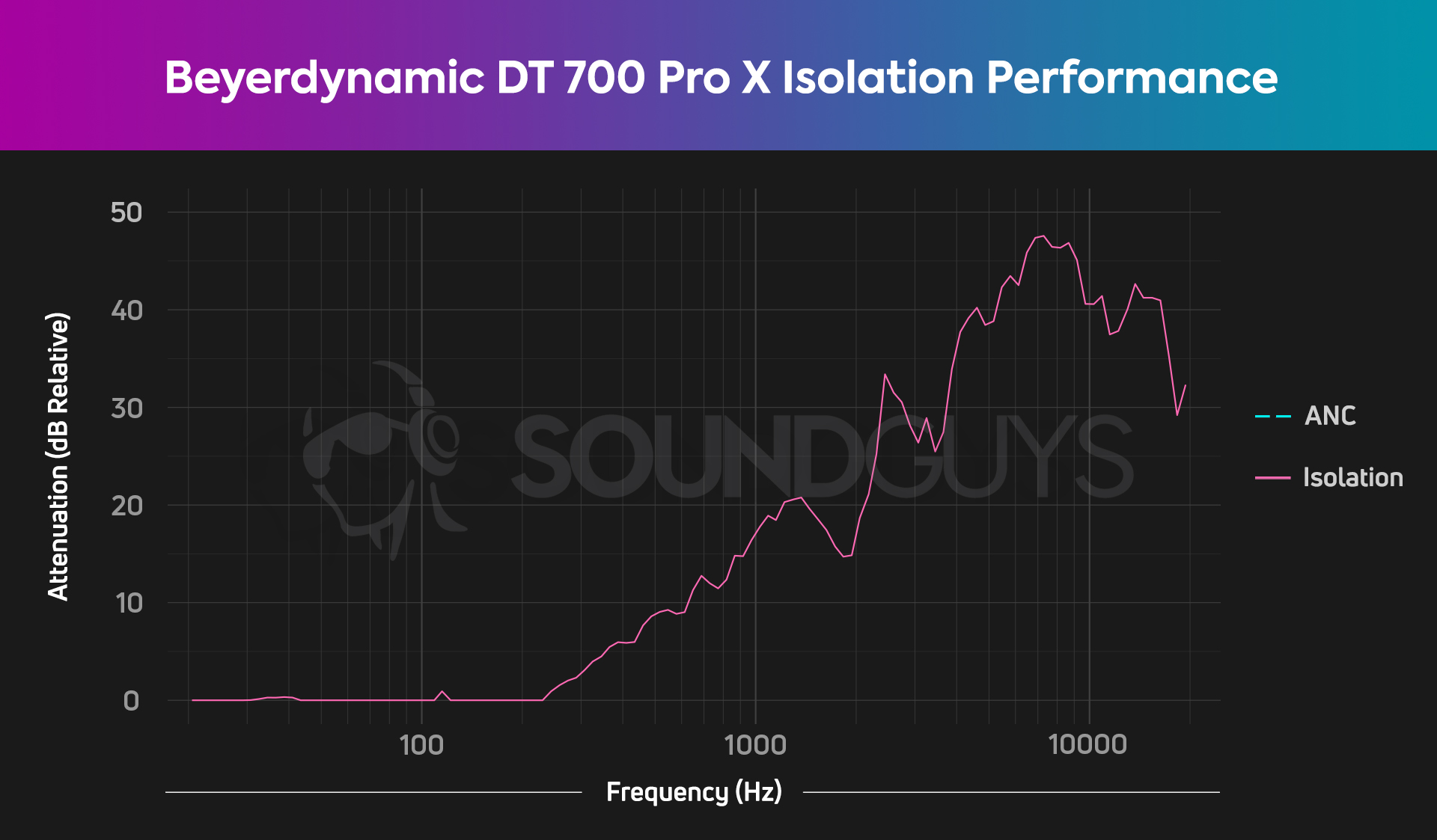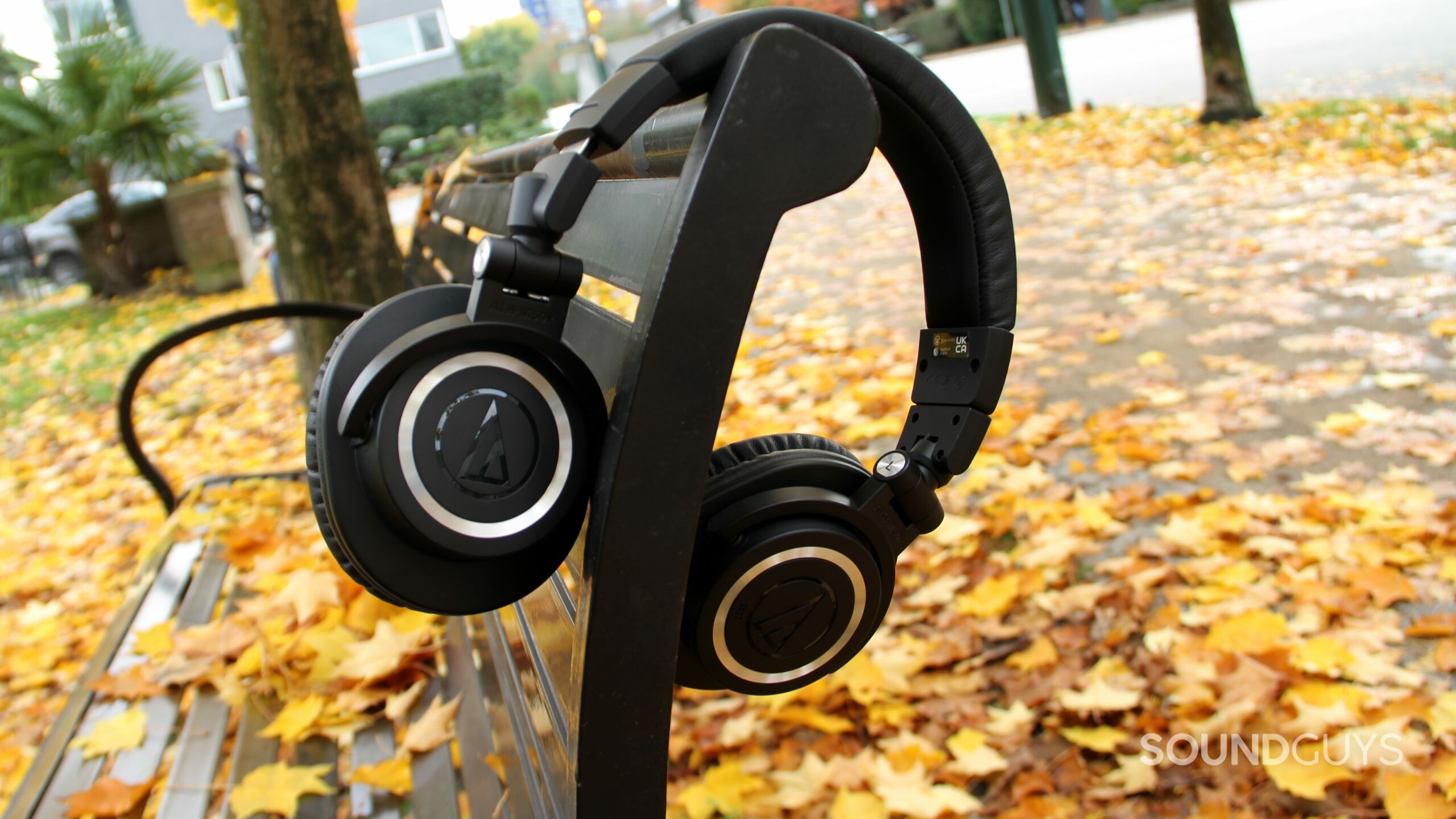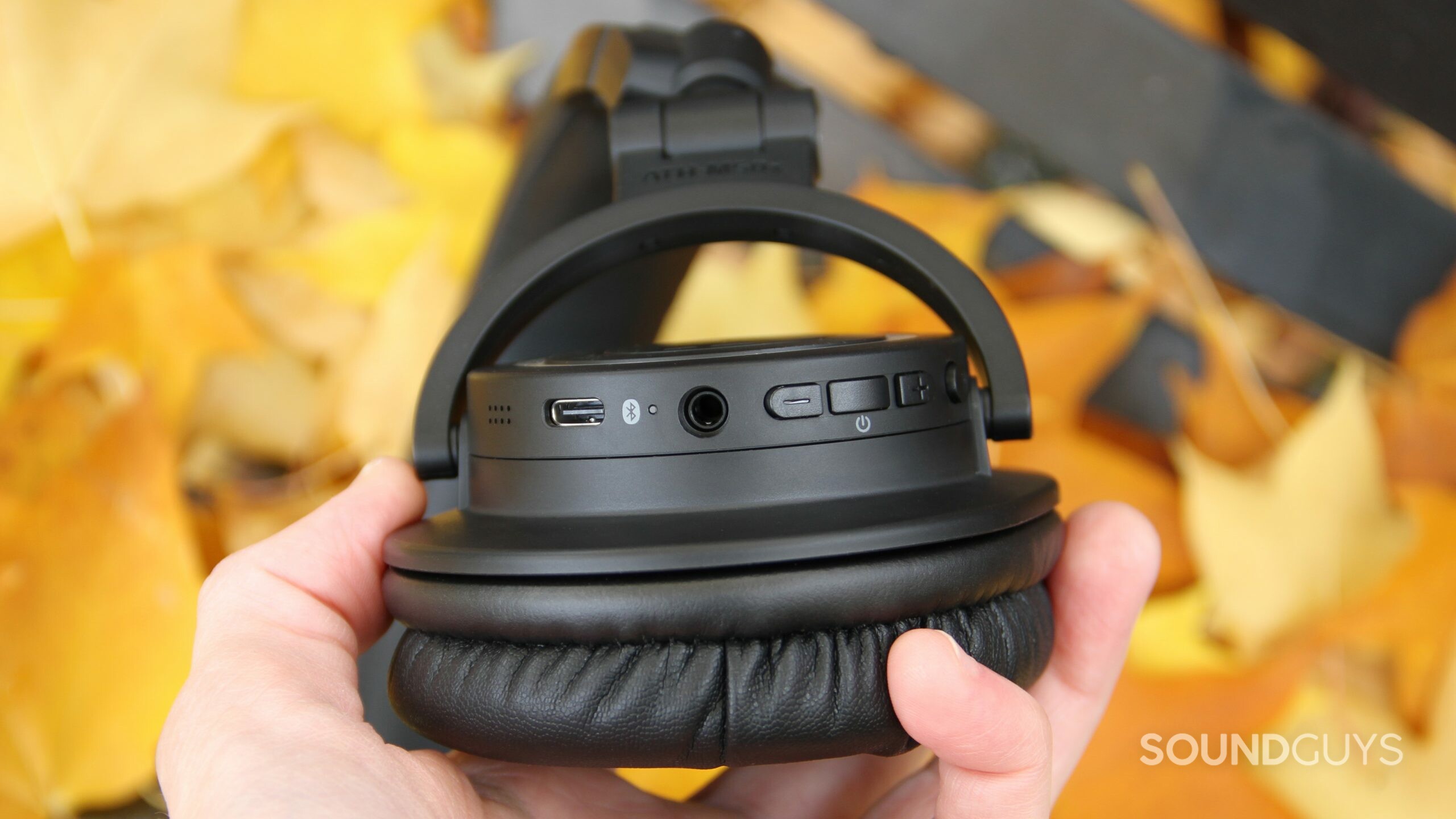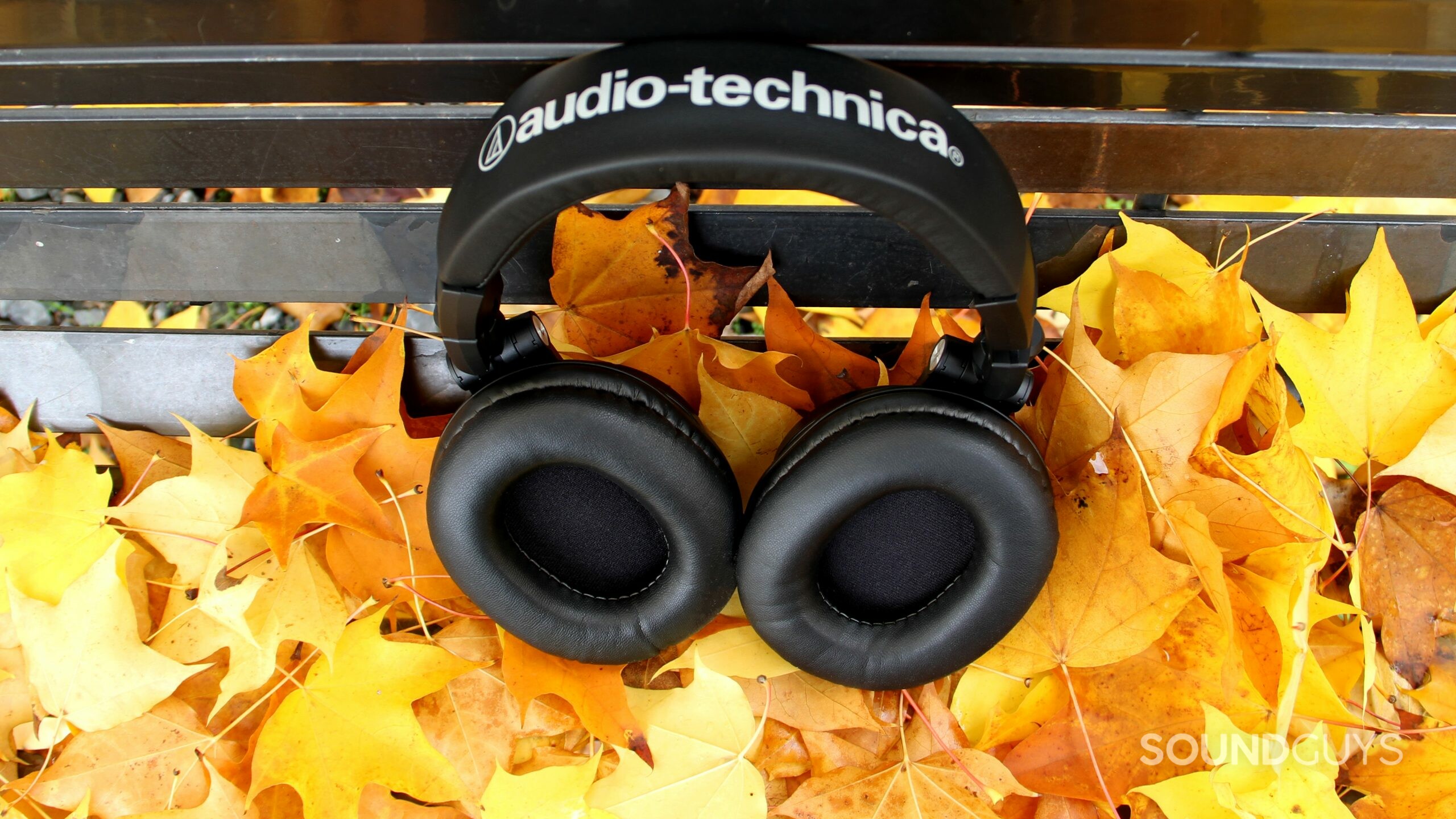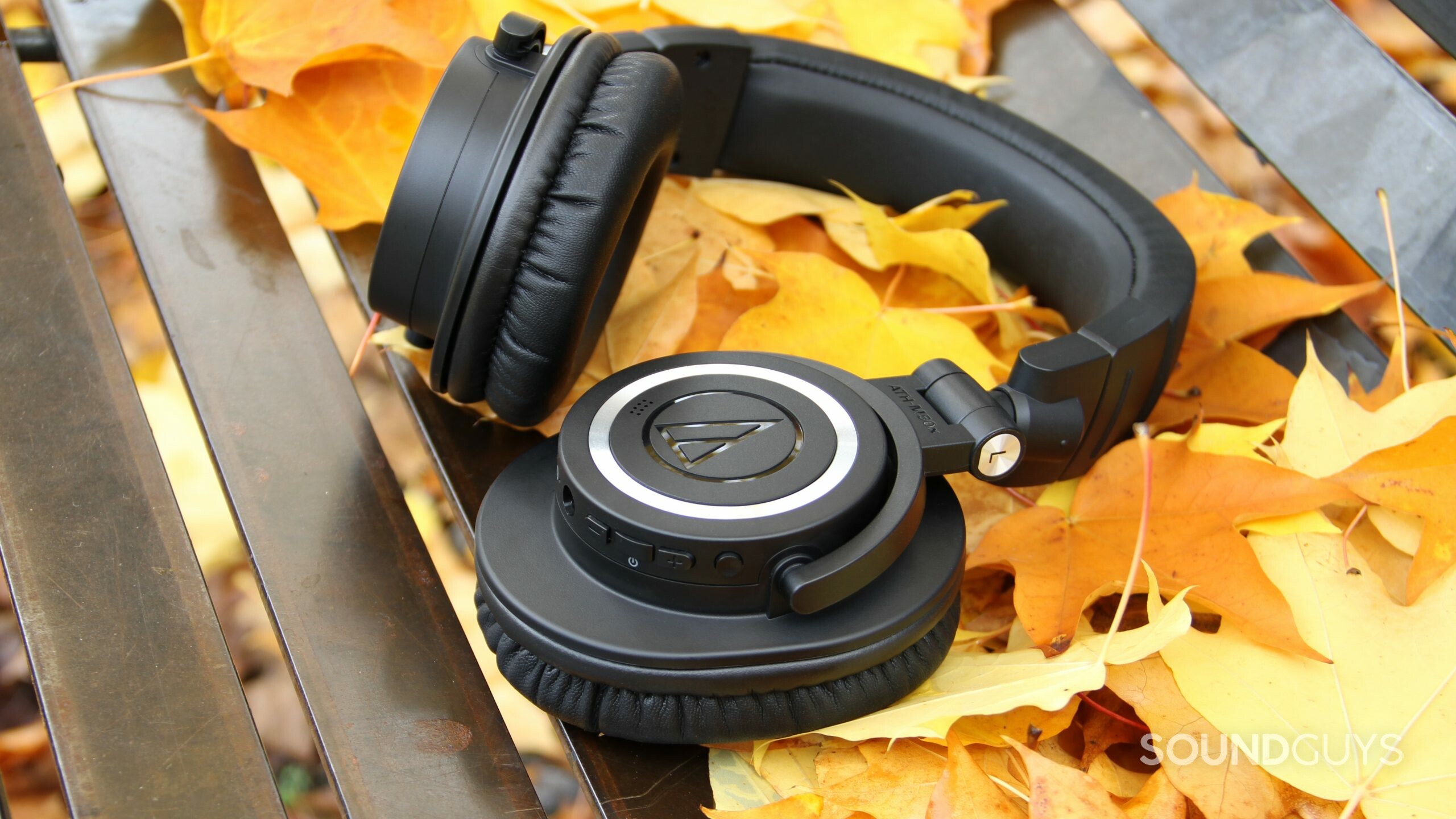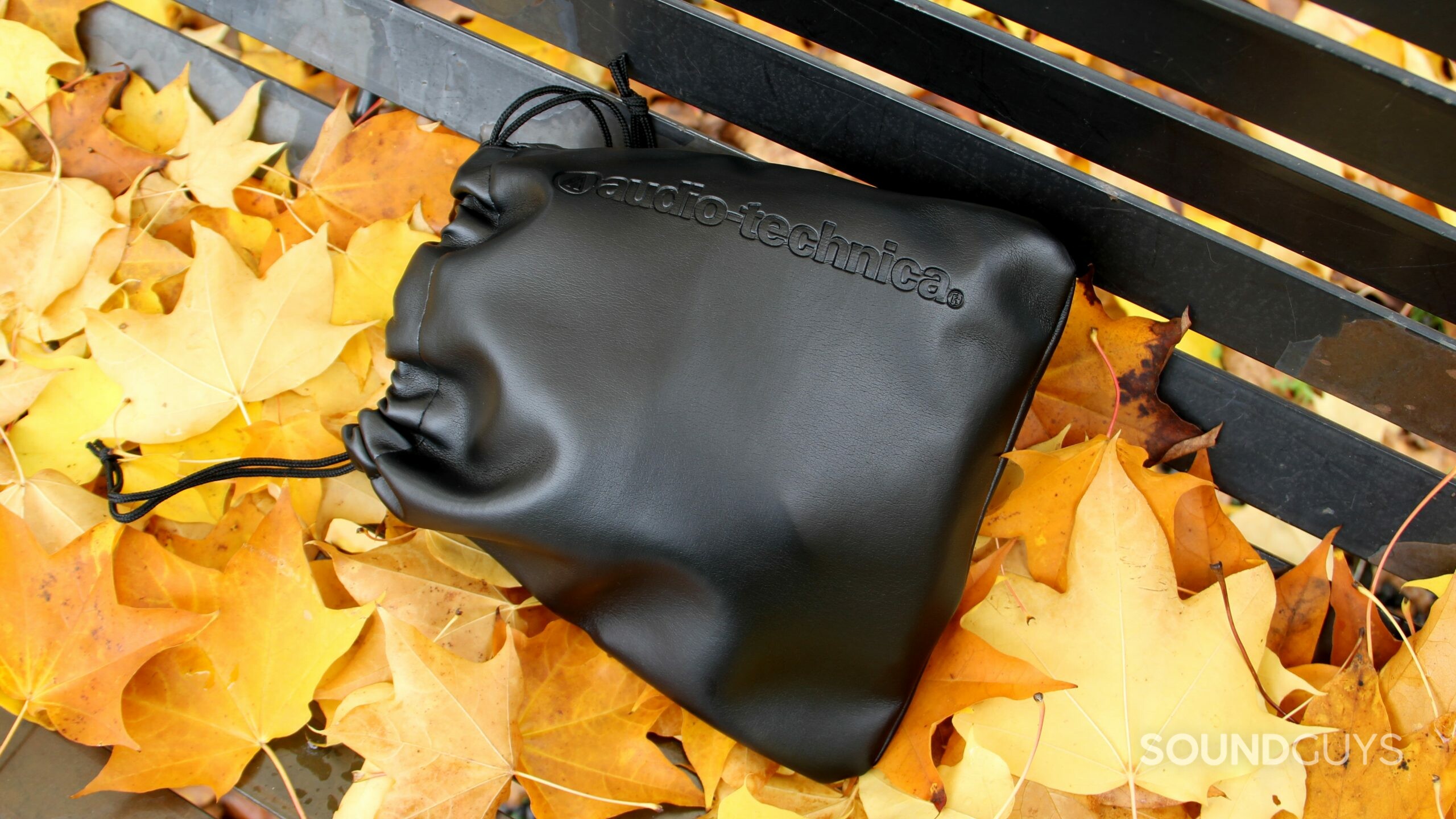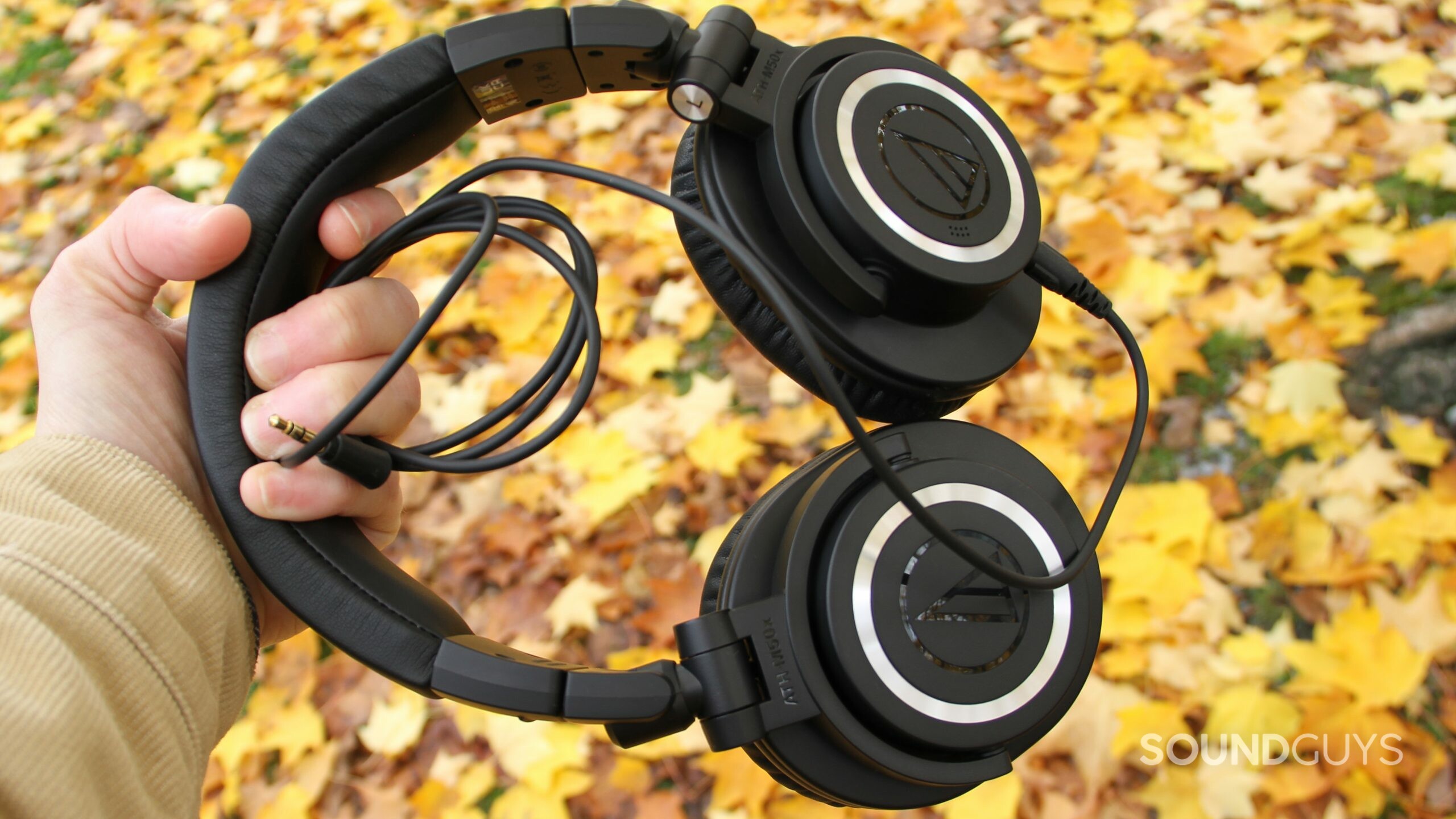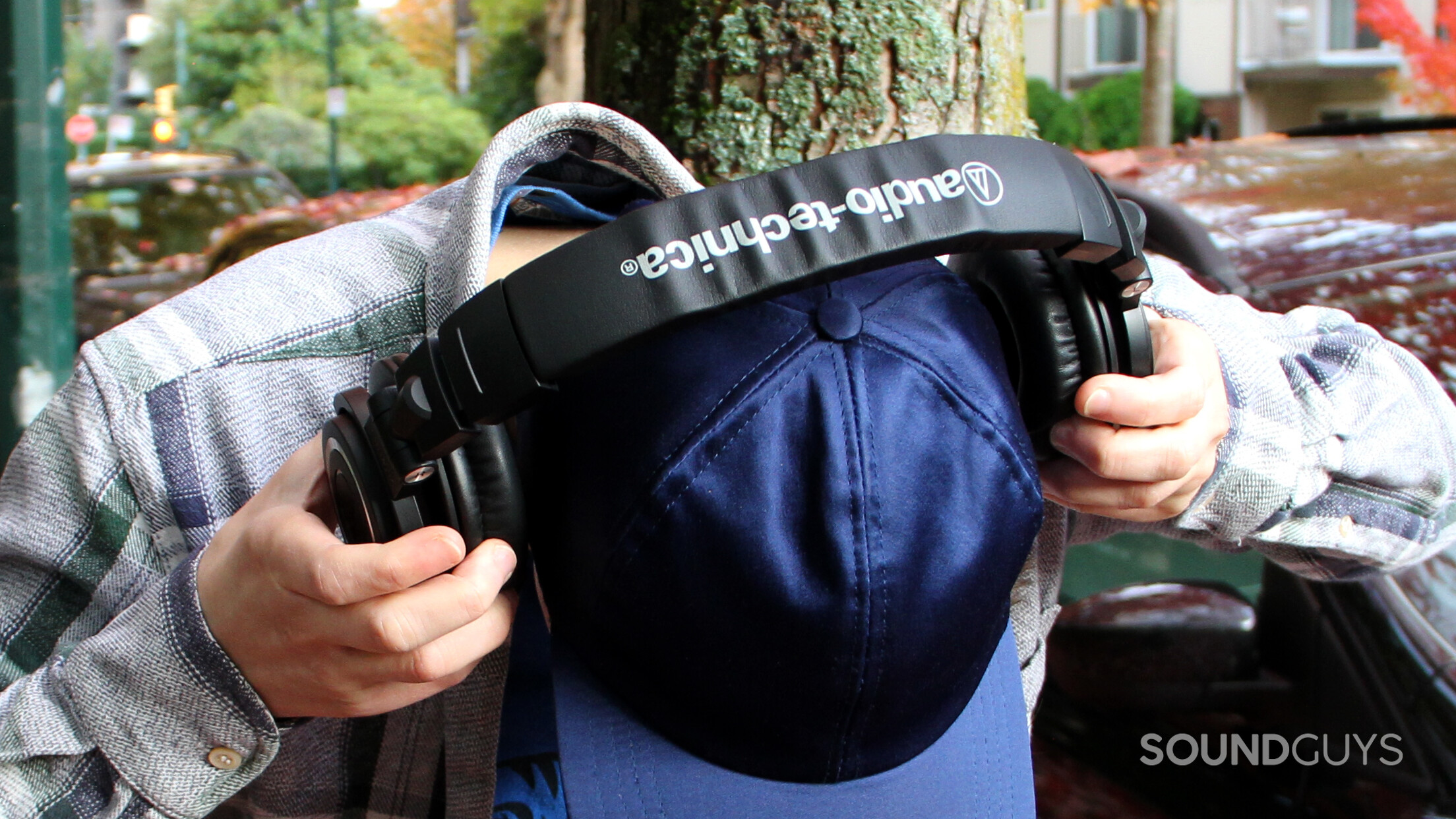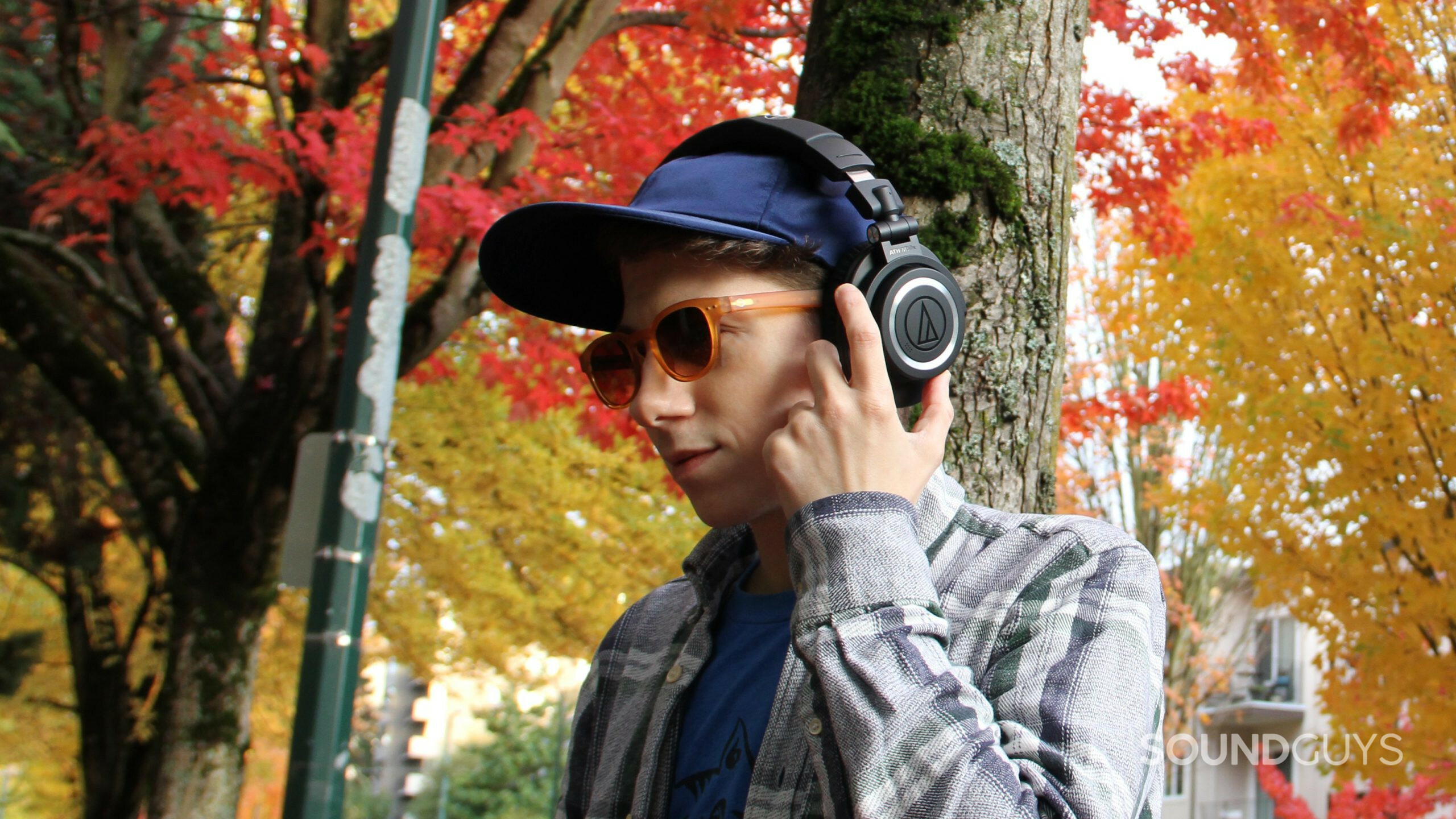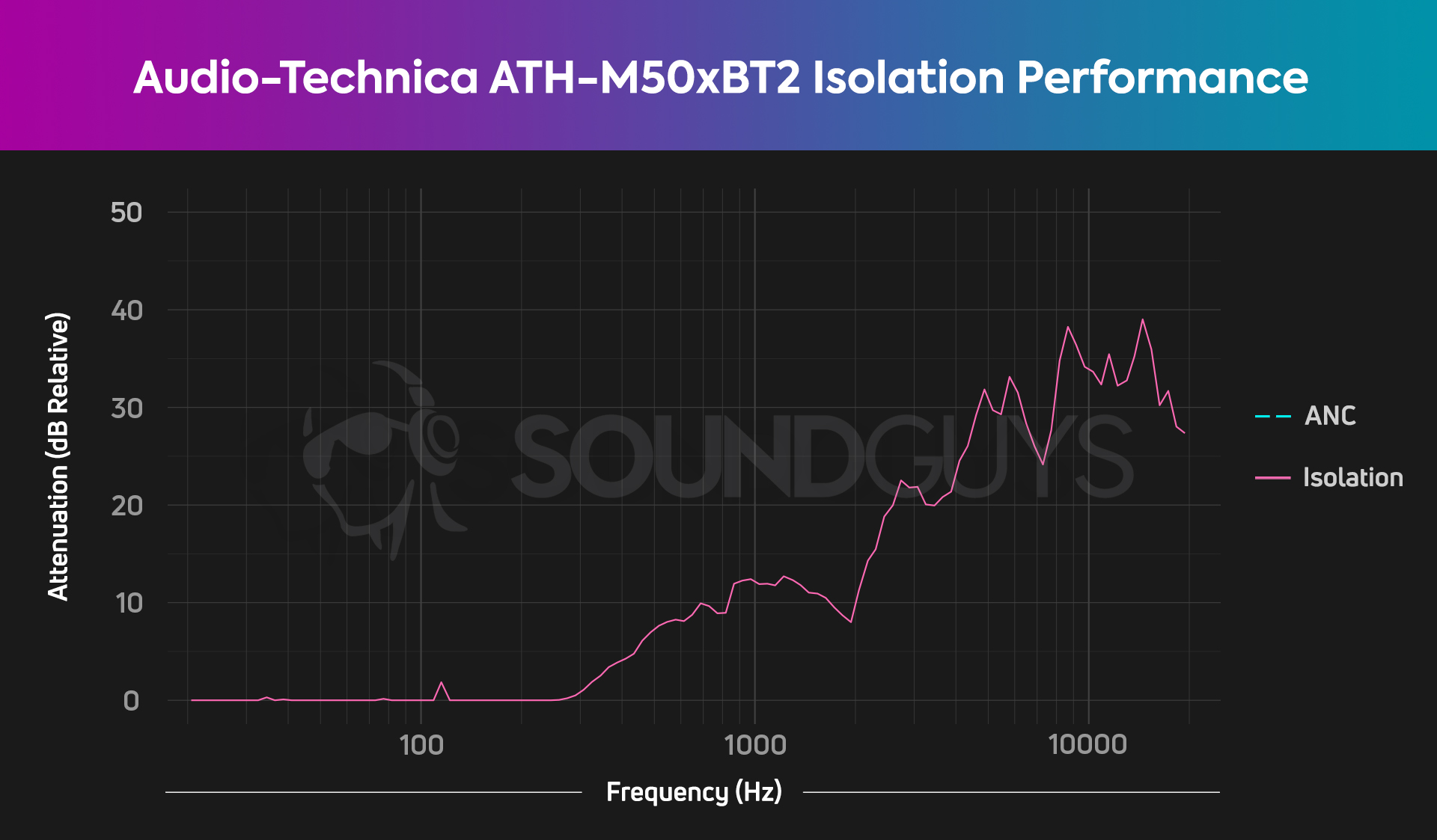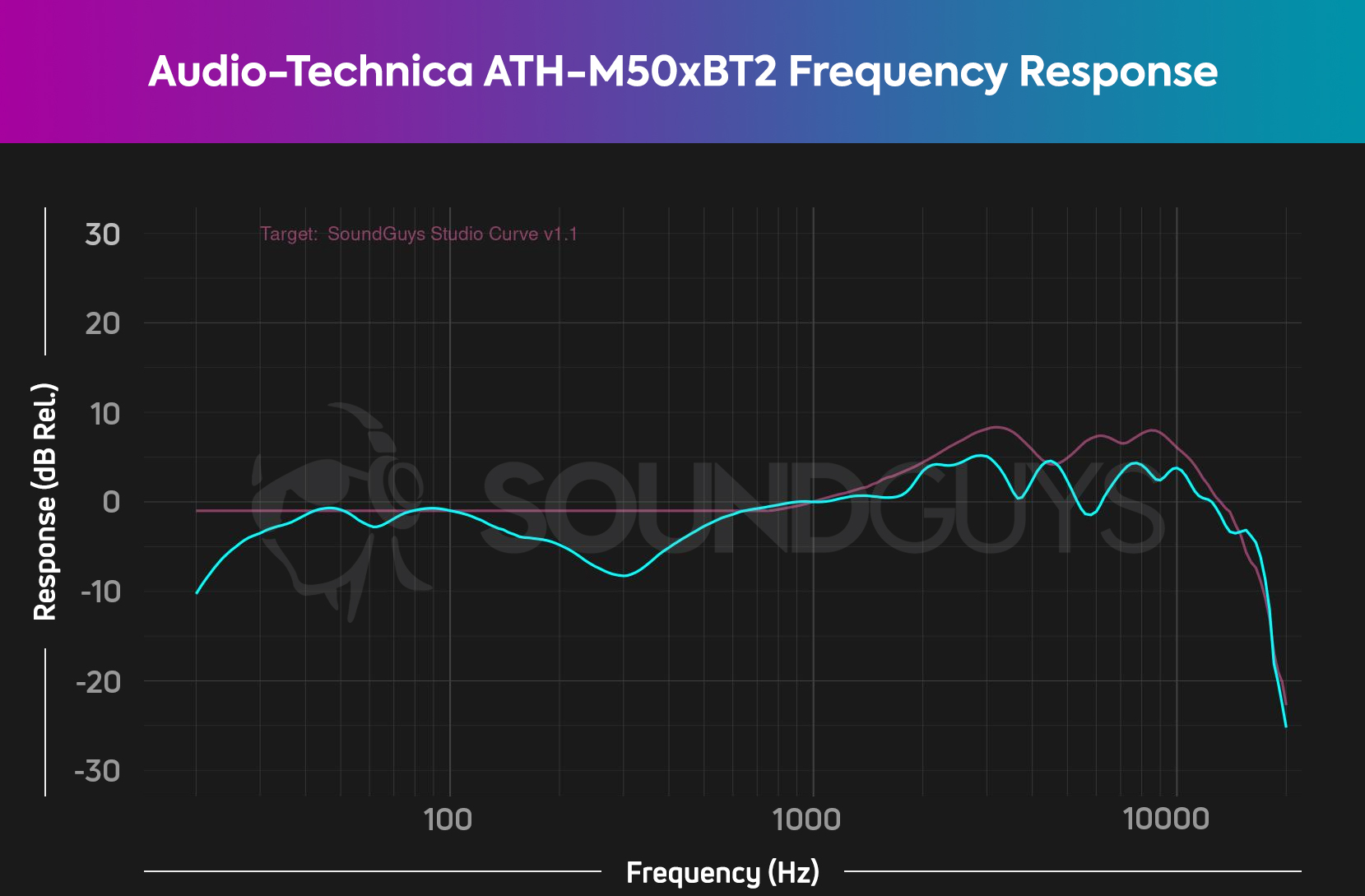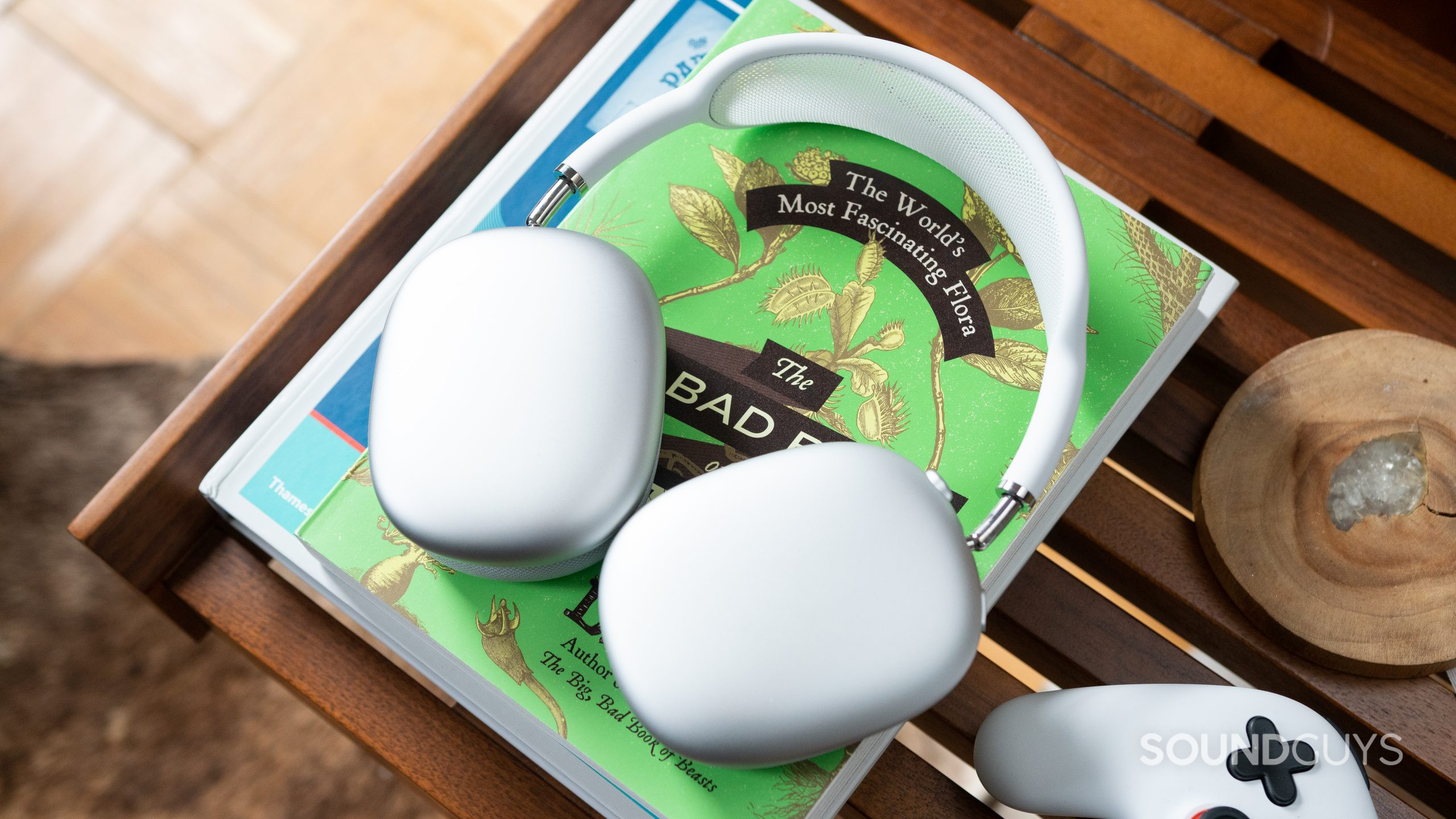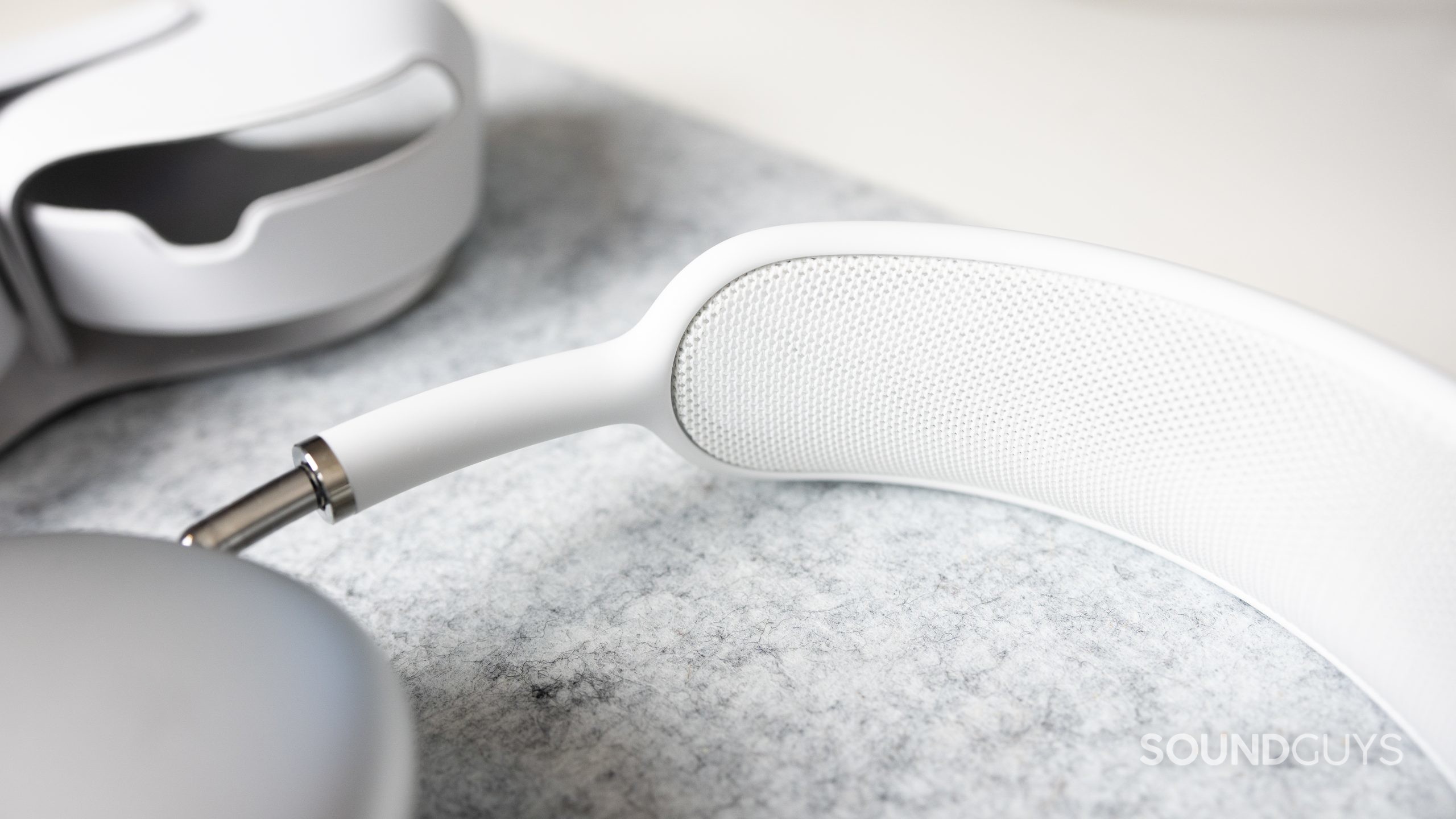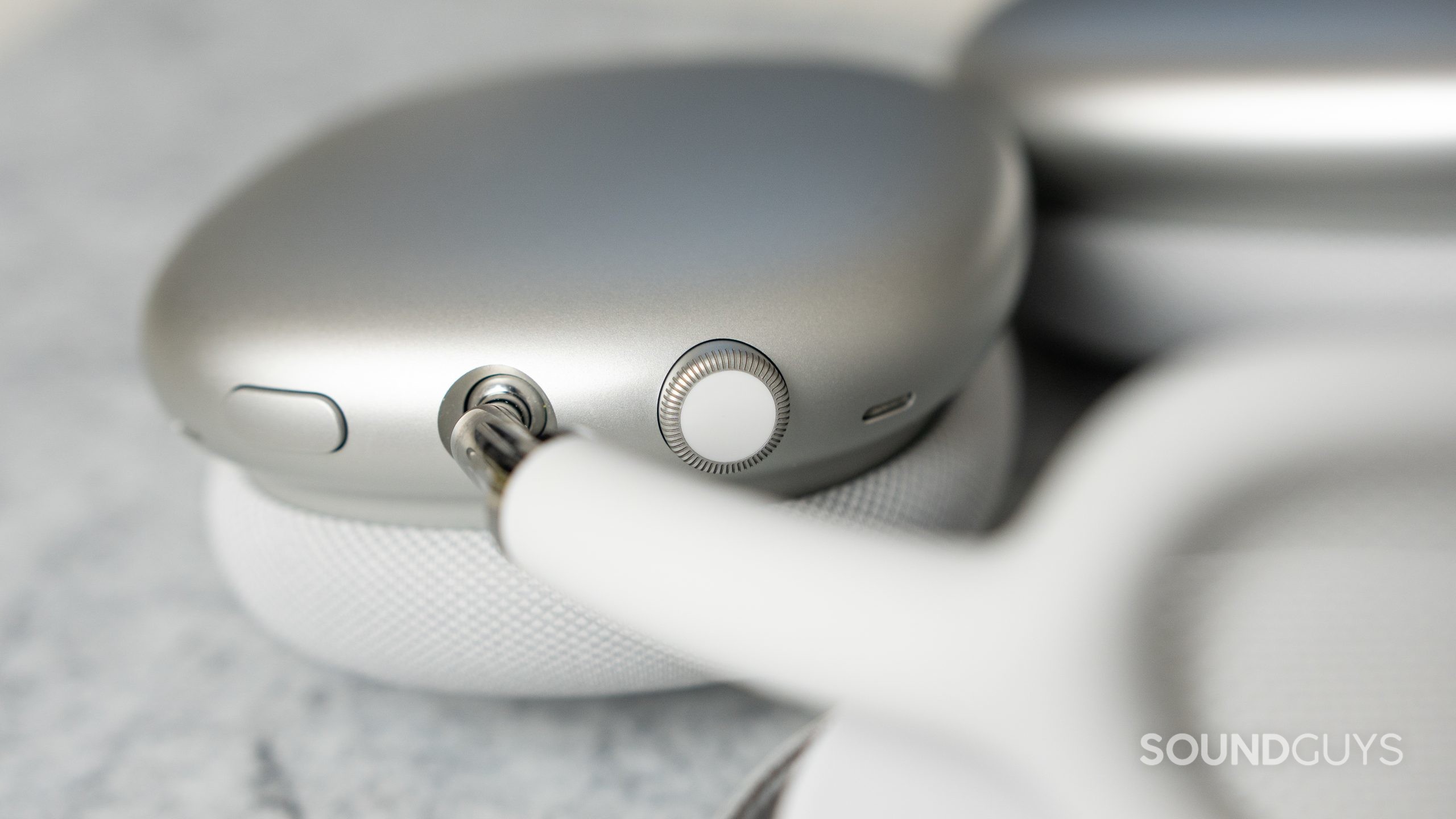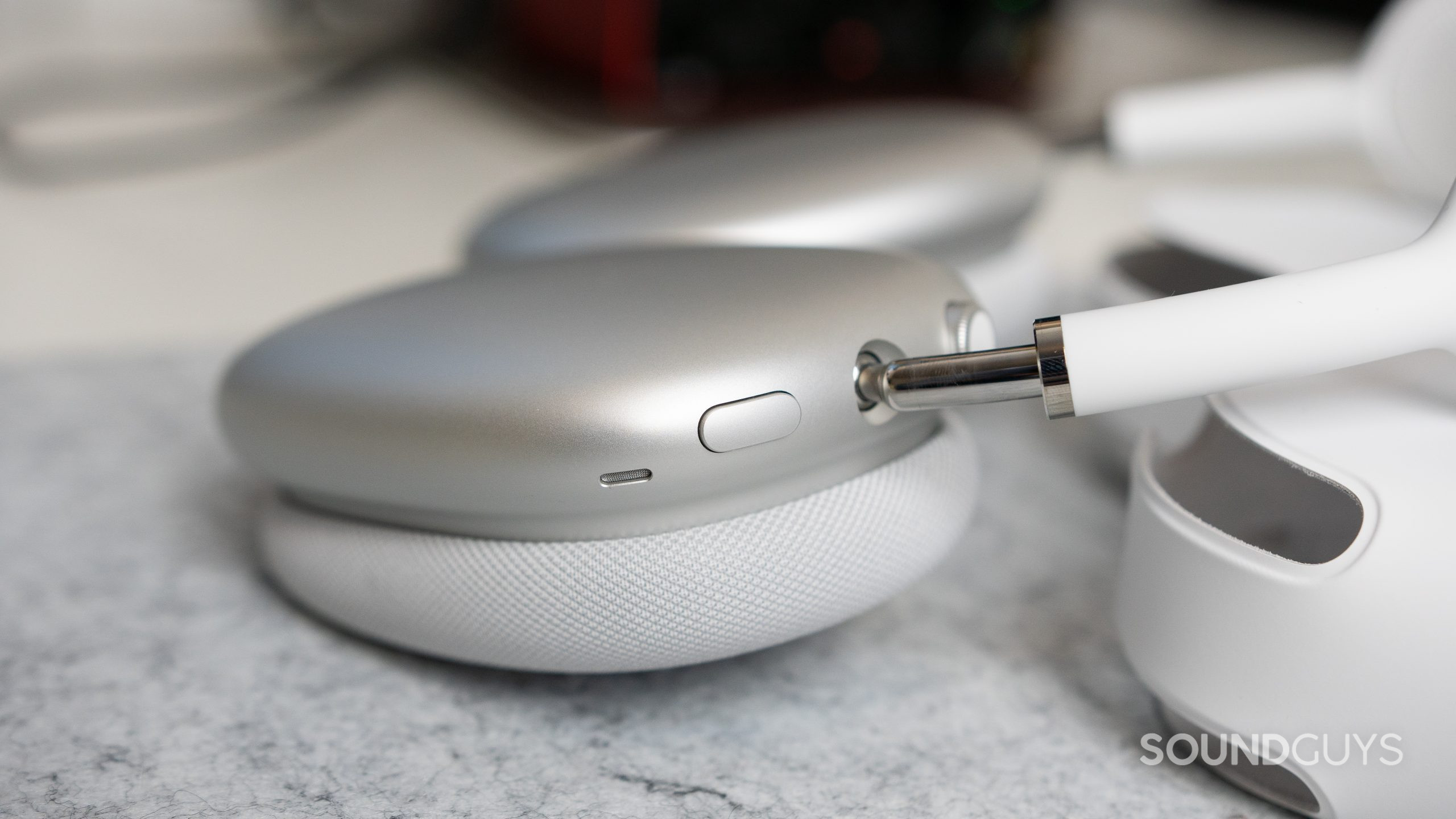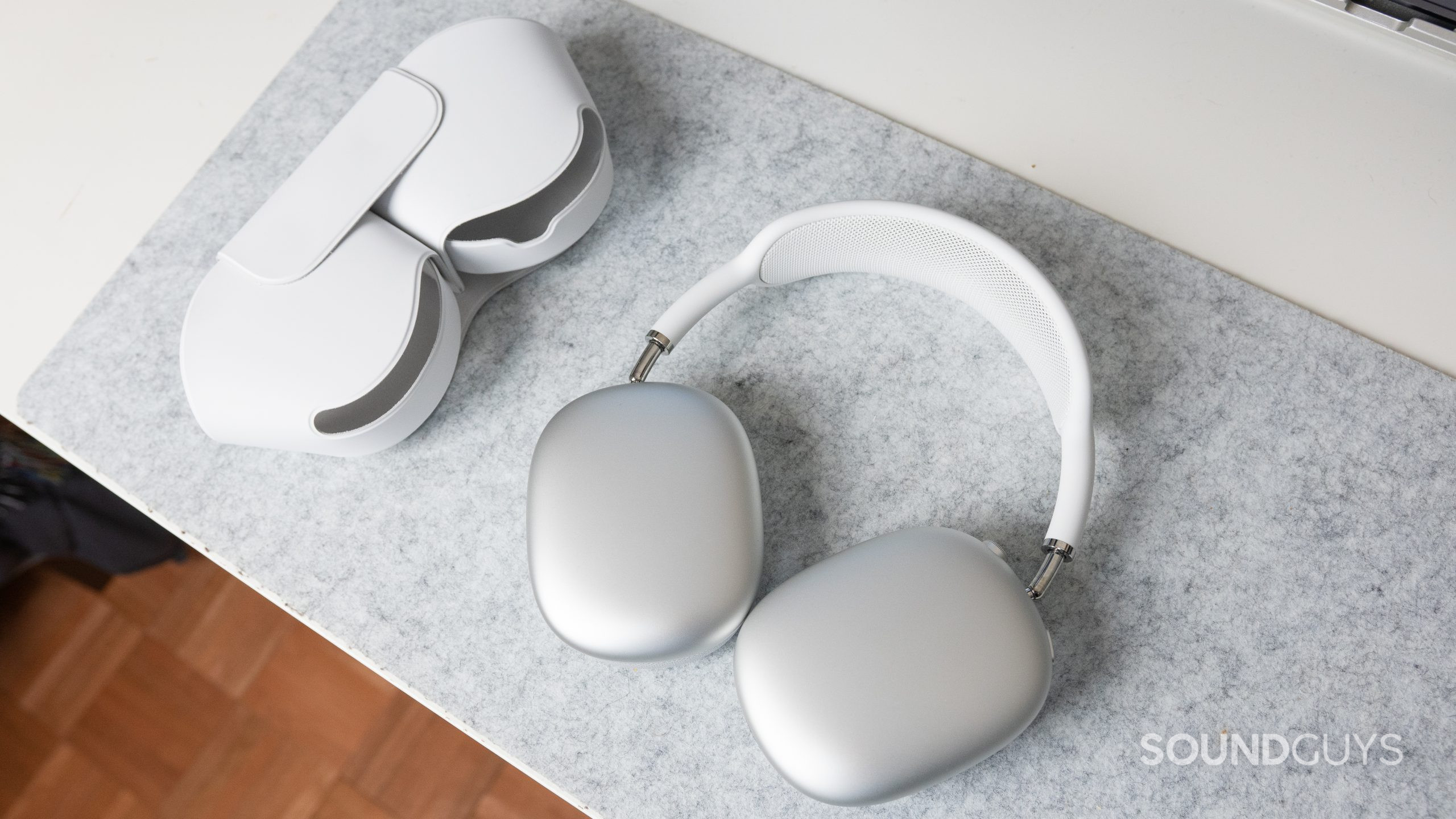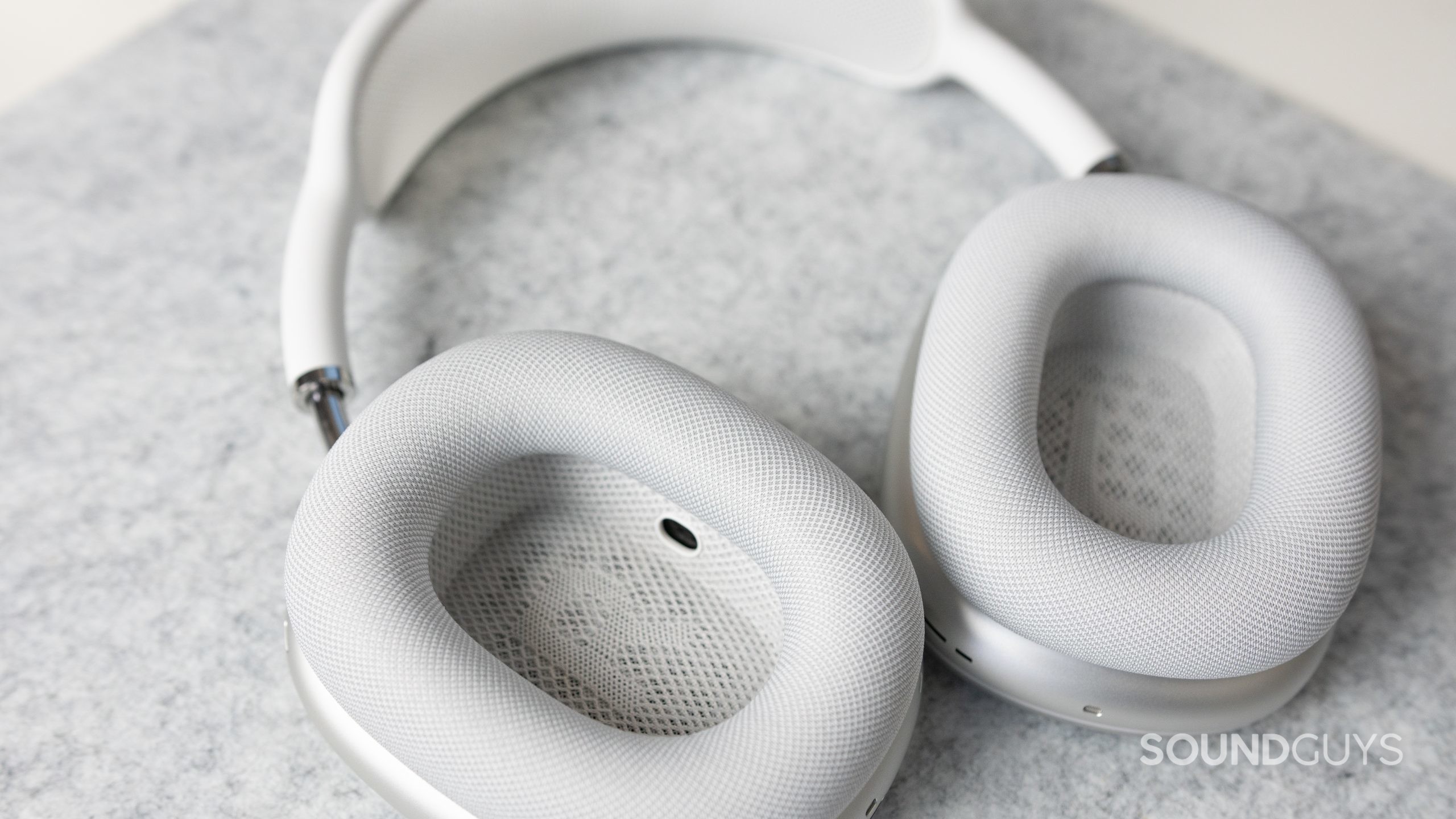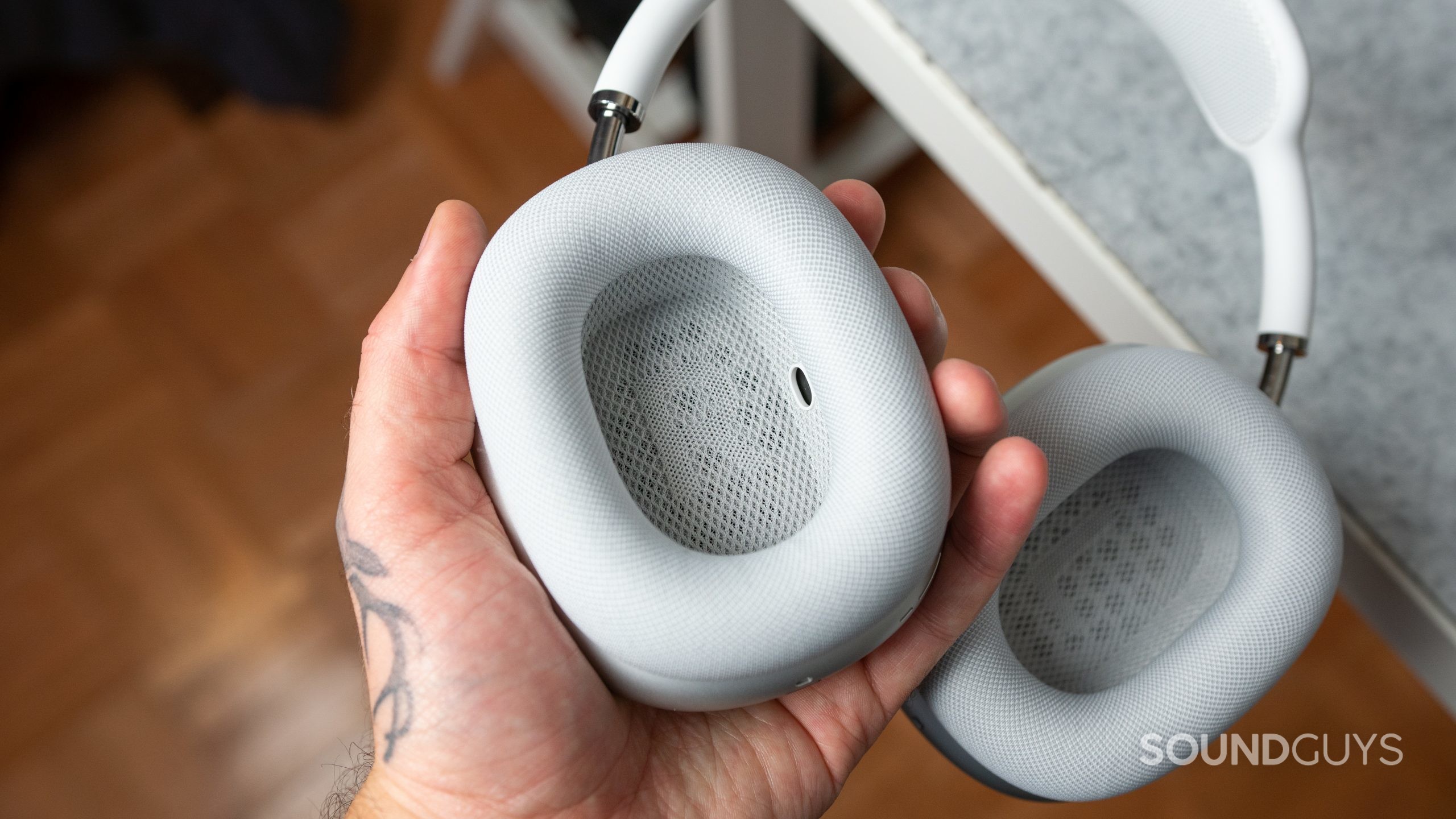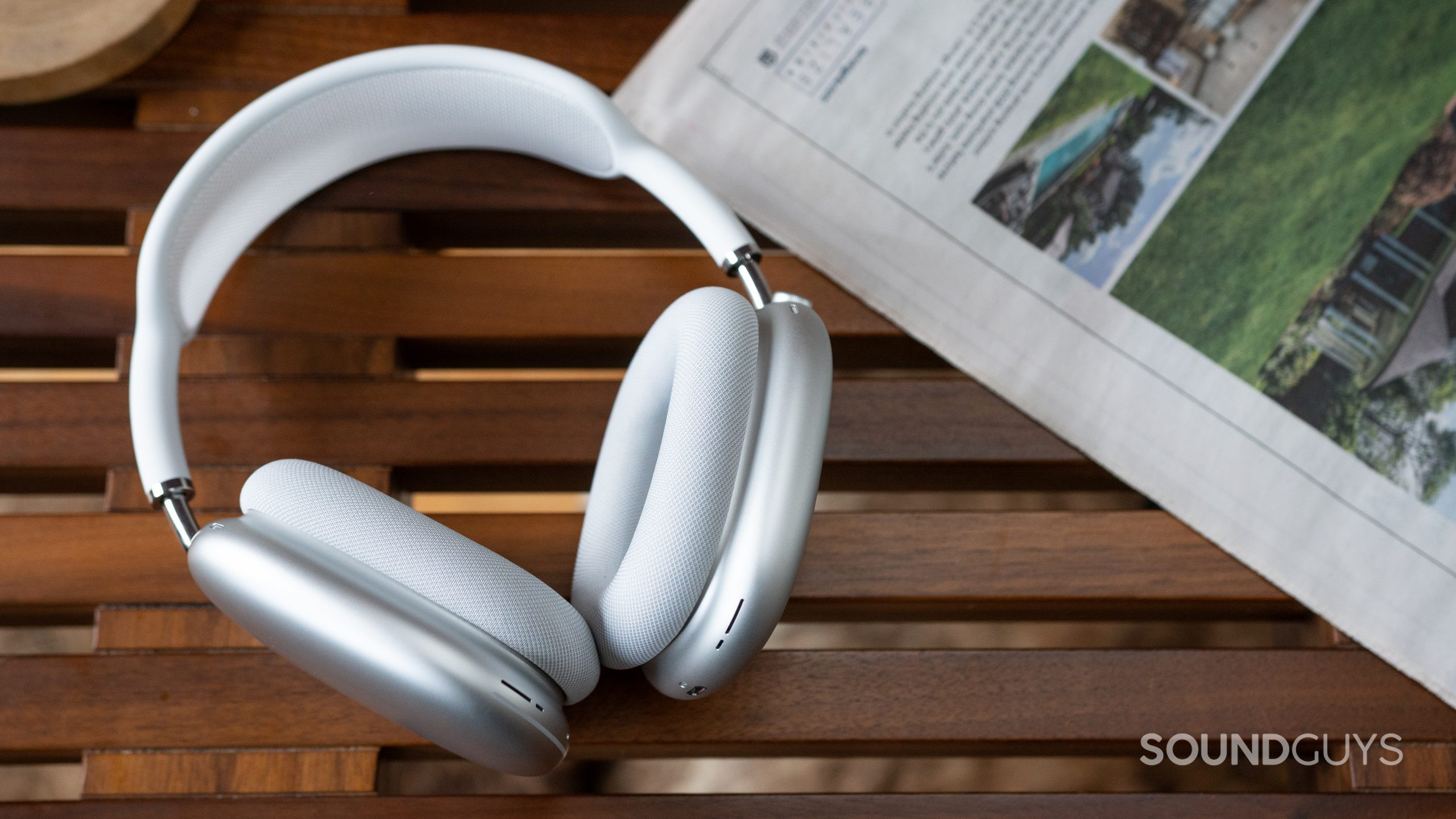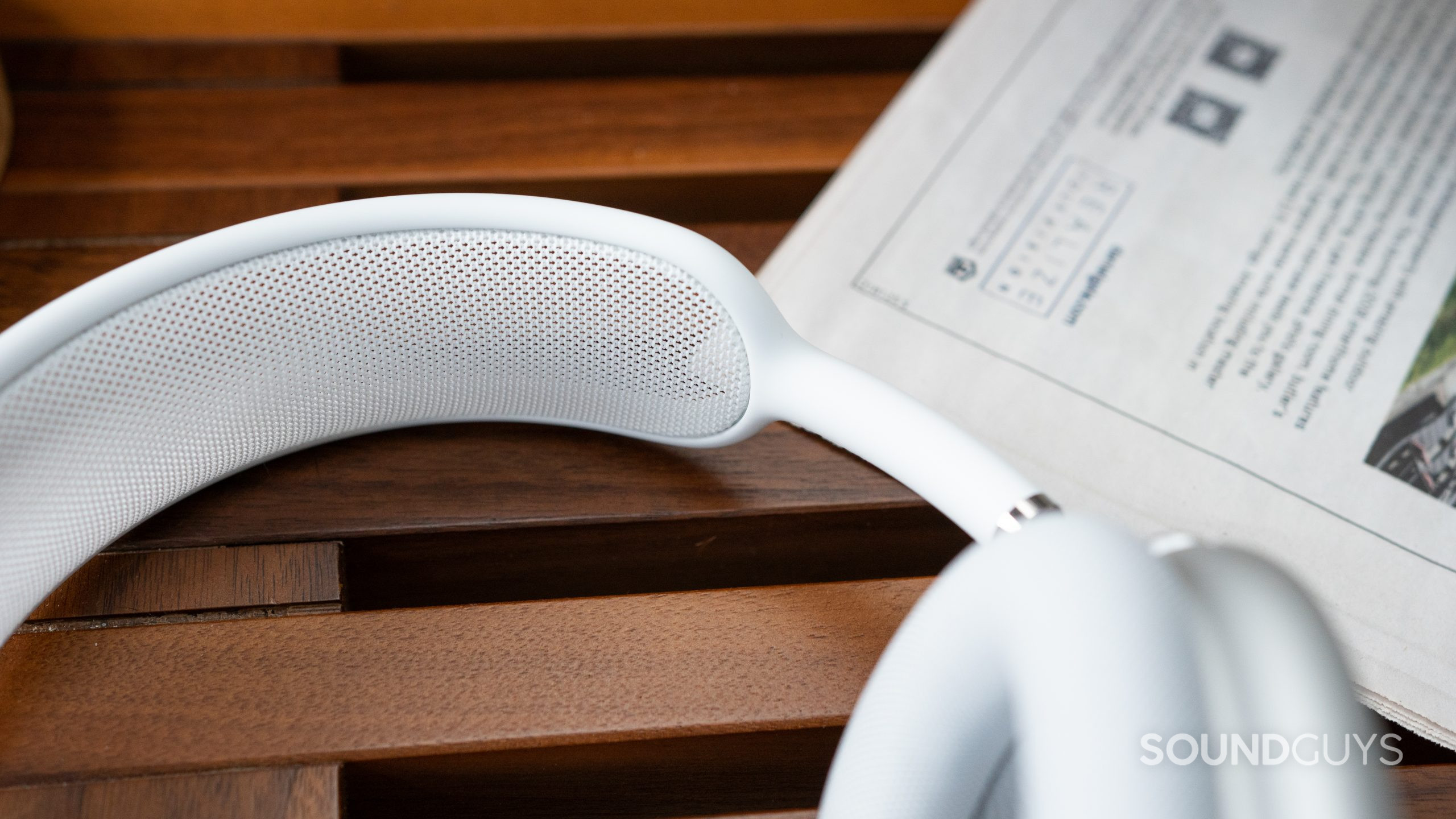All products featured are independently chosen by us. However, SoundGuys may receive a commission on orders placed through its retail links. See our ethics statement.
Best eco-friendly headphones
December 11, 2024
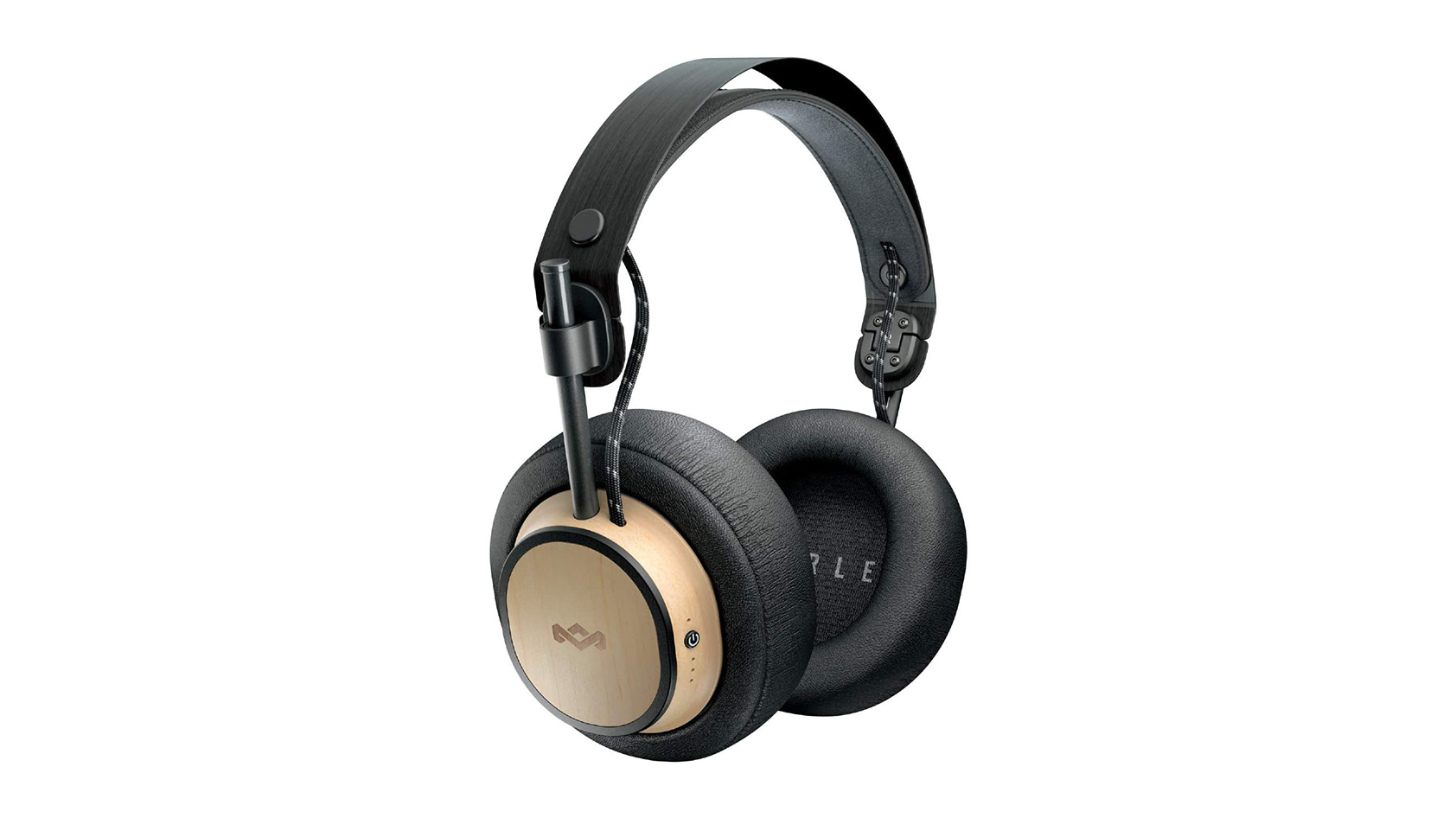
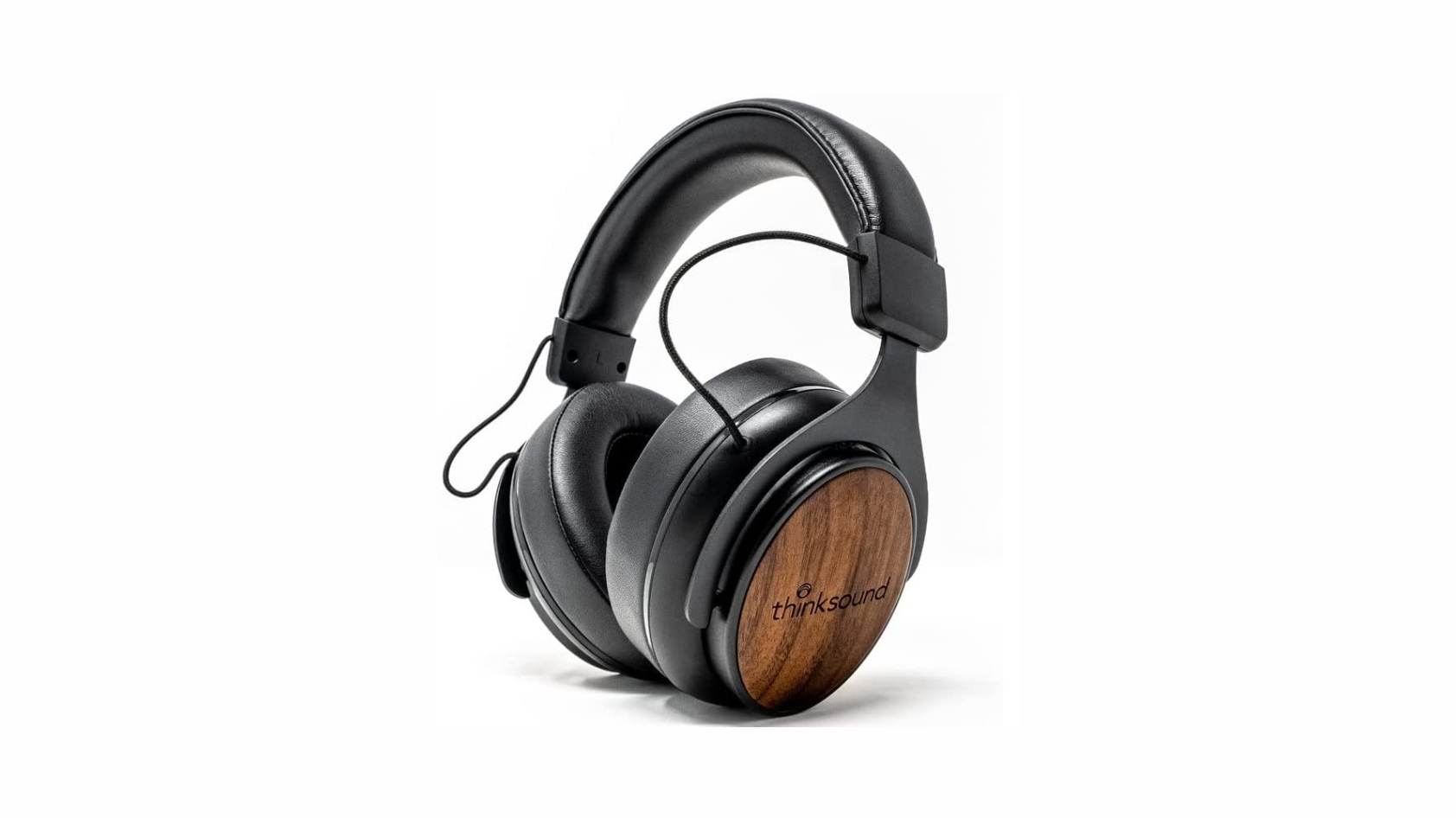
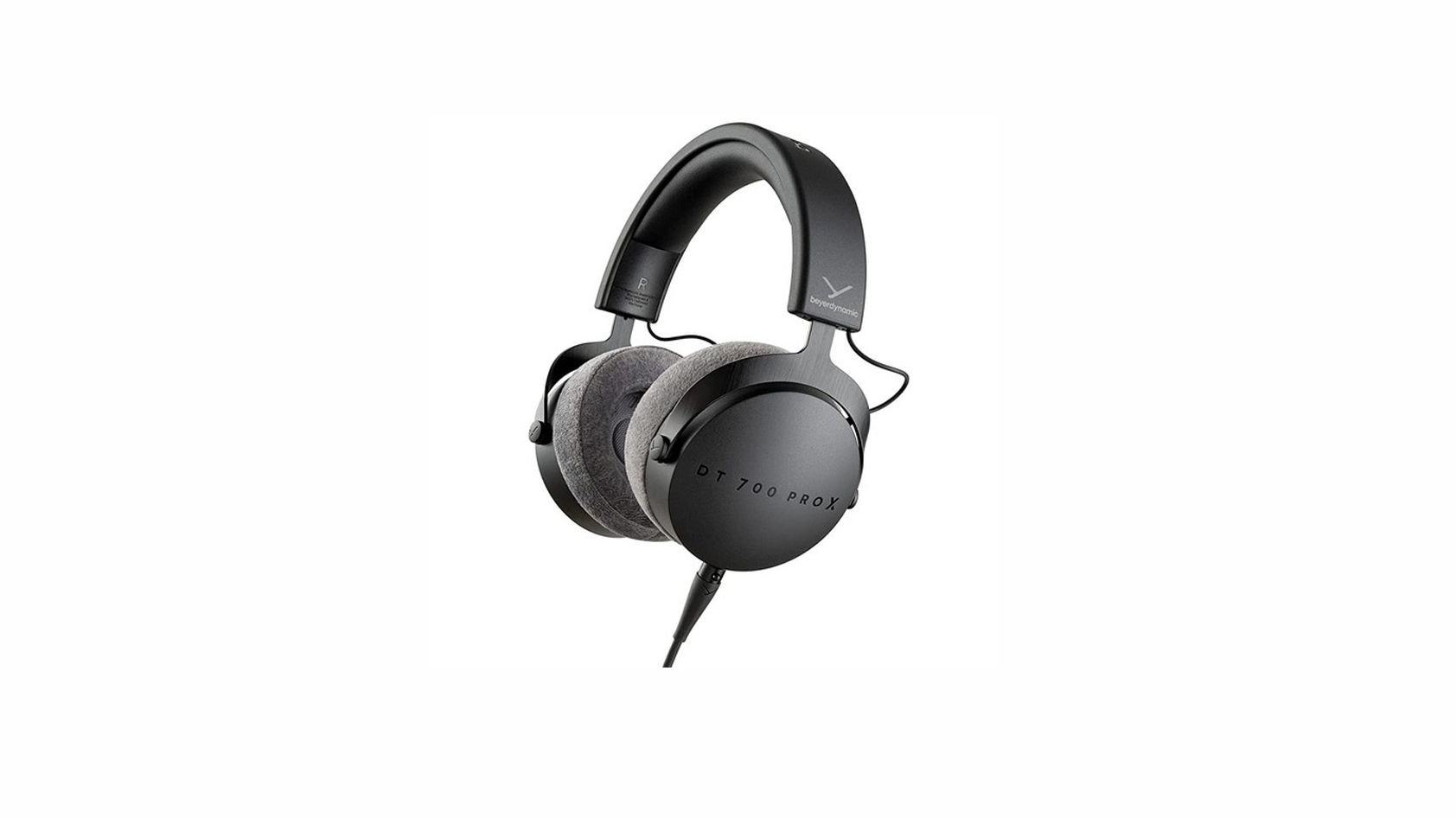
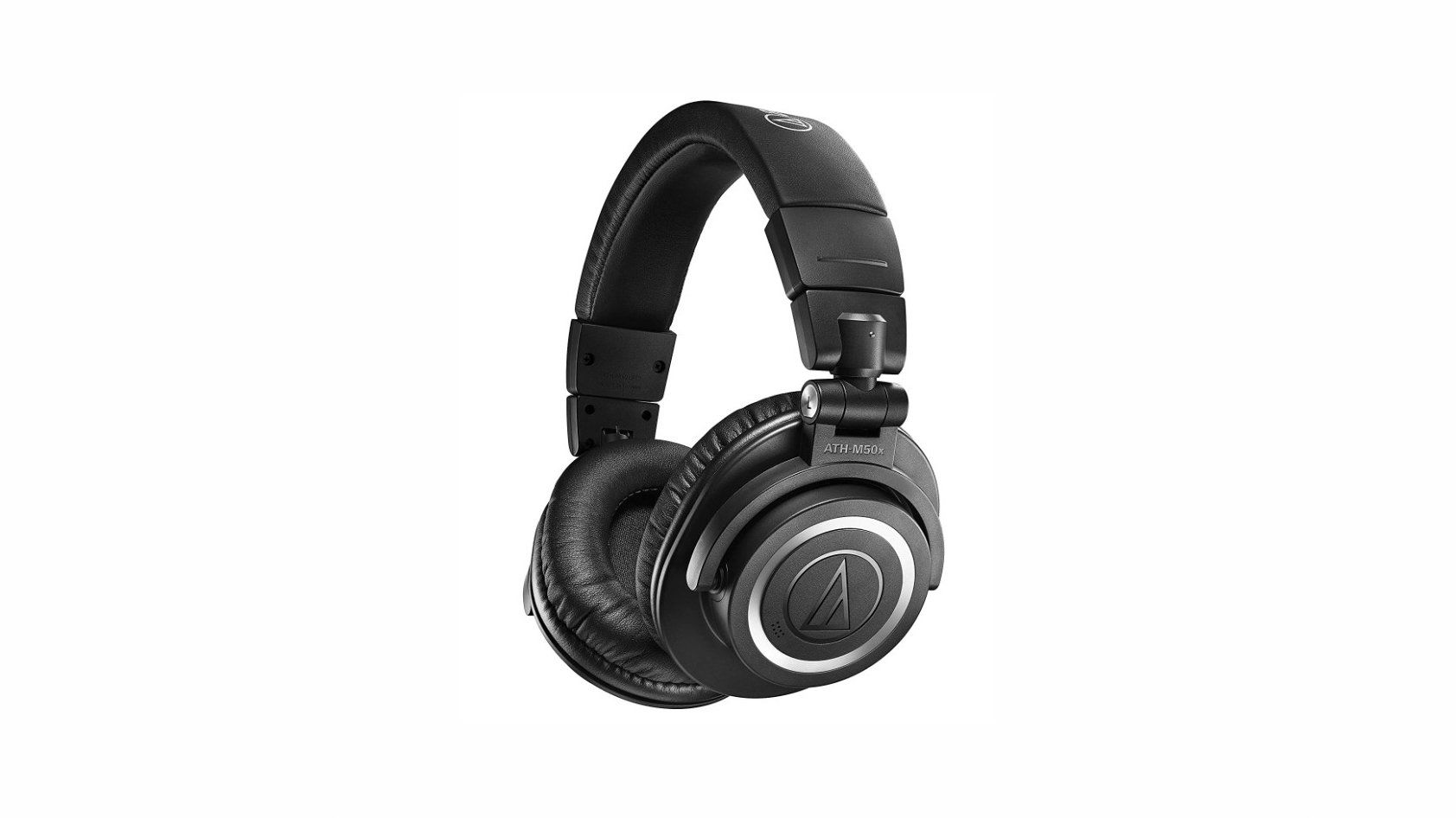
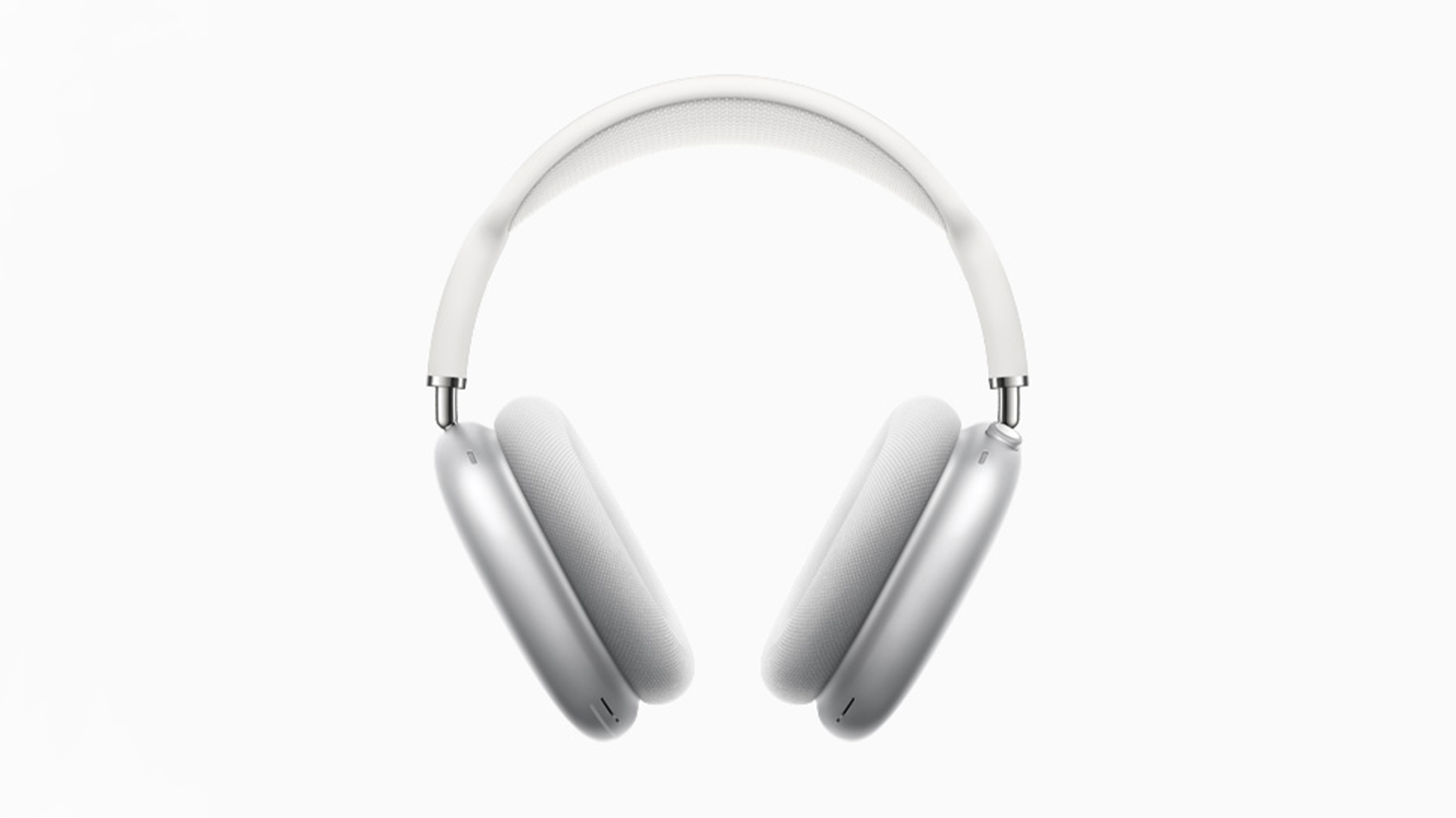
More than half the world’s carbon emissions stem from the extraction and processing of raw materials. That’s why the best headphones for the environment are the ones you never bought. Alternatively, you could make your old headphones last as long as possible. If that’s no longer an option, we’ll help you pick a new pair of headphones that you can buy in good conscience.
Of course, you won’t have to give up on other key qualities. The best eco-friendly headphones listed here also score well in terms of sound quality and features. After all, environmentally sound headphones that you rarely use aren’t sustainable either.
What's new?
- This list of the best eco-friendly headphones was updated on December 11, 2024, to refresh our Notable Mentions and to update links and formatting.
For our top five picks, you can find the isolation and frequency response charts at the end of each image gallery. We also have a tutorial showing you how to read our charts.
The House of Marley Exodus is the best eco-friendly pair of headphones for most of us
For many companies, sustainability is an afterthought, but for House of Marley, sustainability is the starting point. Not only does the company mindfully source all its materials, but it also supports global reforestation by donating a share of every purchase to One Tree Planted. To date, Project Marley has helped plant 286,000 trees. When you purchase from House of Marley, you support a company committed to sustainable audio products that also sound great.
The House of Marley Exodus is a middle-of-the-road pair of headphones with great build quality. The unique design makes the Exodus stand out, but it’s also a reflection of the materials used in its construction. FSC-certified maple wood ear cups, aluminum, and stainless steel have replaced plastic where possible.
House of Marley was founded on Bob Marley's vision of universal love, music, and respect for the earth.
The Exodus offers nearly 25 hours of battery life. If you ever run out of power, just plug in the included audio cable and switch to wired listening. Audiophiles might want to do this by default, as the headphones only support SBC. In any case, you enjoy bass as that’s where these headphones shine, though the boosted bass can occasionally mask mids. When bass is less present, the headset reproduces instruments and vocals clearly, too. Note that the House of Marley Exodus might start to feel uncomfortable after long listening sessions.

The Thinksound ov21 sources environmentally friendly materials
The Thinksound ov21 is a lightweight pair of over-ear wired headphones. The headband, gimbals, and ear cup frames are made from metal, vegan leather wraps the memory foam and headband, and the ear cups sport sustainably sourced walnut inlays. Thinksound used Eastman Trēva, a bioplastic made from wood pulp, to replace the remaining plastic parts.
Interestingly, the ov21, as with Thinksound’s other products, isn’t marketed as an eco-friendly headset; it just happens to be one that sounds great. Its 45mm dynamic drivers make the music sound very good because of the widely accepted consumer-friendly response. You’ll notice more bass emphasis from this than you would from a pair of studio headphones like the Drop x Sennheiser HD6XX.
When you buy the ov21, you’re really paying for premium build quality that does its best to be kind to the environment.
There isn’t much else to this headset, but Thinksound does supply two 3.5mm cables (1.4m length). One of the cables has an integrated microphone, so you can take calls without the need to remove the headphones.
The ov21 doesn’t feature a built-in microphone, but you can plug in the cable to use its in-line mic. The sound is okay as long as the microphone doesn’t brush up against your clothes.
Thinksound ov21 microphone demo (Office):
How does the microphone sound to you?

The Beyerdynamic DT 700 PRO X is the best for studio or home use
Nothing about Beyerdynamic headphones is explicitly sustainable, but the company generally offers well-built and long-lasting products. With the DT 700 PRO X, you’ll get a pair of studio-quality headphones with a neutral frequency response to match its purpose.
The DT 700 PRO X doesn’t require an amp, so you could use it during your commute, though the lack of foldable hinges might make it a bit too bulky for lugging around. Designed for studio use, the DT 700 PRO X isn’t wireless, nor does it feature active noise canceling. It does, however, offer effective passive isolation. And since it lacks features that require a battery, it comes with a 3.5mm audio cable.
This is the kind of headphone that will last you for years beyond its generous two-year warranty. And should you ever break something, Beyerdynamic offers a comprehensive list of spare parts for most of its products, though we could only find cables for the DT 700 PRO X. Listeners who don’t intend to take their headphones out of the house should look into the open-back variant, the Beyerdynamic DT 900 PRO X.


Get massive battery life with the Audio-Technica ATH-M50xBT2
If you must have wireless headphones, pick the Audio-Technica ATH-M50xBT2. Not only does Audio-Technica have top-notch quality standards, but the ATH-M50xBT2 also affords you almost 65 hours of battery life. Should you ever run low, a 10-minute charge adds three hours of audio playback. If all else fails, the headphone jack is there to save the day.
The ATH-M50xBT2 appeals to consumers and professional users alike. The foldable design makes it portable, the noise isolation is passable, and its sound profile is conservative but not completely bass-agnostic. Audiophiles will also appreciate the support of AAC, SBC, and LDAC codecs.
The Audio-Technica ATH-M50xBT2 lacks active noise canceling, and the clamping force might become uncomfortable, but none of these might be a factor for you. Otherwise, have a look at some of the other Audio-Technica headphones we recommend, such as the ATH-ANC900BT with Bluetooth and ANC.
The Audio-Technica ATH-M50xBT2’s mic is one of the better built-in microphones. It rejects most background noise and features an option that lets you hear yourself.
Audio-Technica ATH-M50xBT2 microphone demo (Old):
How does the microphone sound to you?

Apple users should choose the Apple AirPods Max
Among headphone manufacturers, Apple appears to be the most sustainable. Since its first environmental progress report in 2008, the company has set out to achieve a net-zero carbon impact by 2030. This puts it decades ahead of its competitors, most of which haven’t even started reporting on sustainability. However, carbon emissions aren’t everything, which is why the Apple AirPods Max doesn’t make it to the top of our list.
The AirPods Max are the most eco-friendly solution for iPhone owners. Their build largely omits plastic, replacing it with stainless steel and aluminum. This gives these headphones a premium feel and makes them more durable, and it still manages to be extremely comfortable.
The AirPods Max offers excellent active noise canceling, a great transparency mode, and a pleasing sound profile. At 20 hours with ANC enabled, the battery life is pretty good too. You can also use the AirPods Max in wired mode, but if you’re not already a member of the Apple club, that option will be a nuisance as it relies on Apple’s Lightning connector, as does charging.
The AirPods Max are Apple’s most eco-friendly wireless headphones. Earbuds, like the AirPods Pro, tend to be less sustainable than headphones because their smaller batteries have a severely limited lifespan and are difficult to replace.
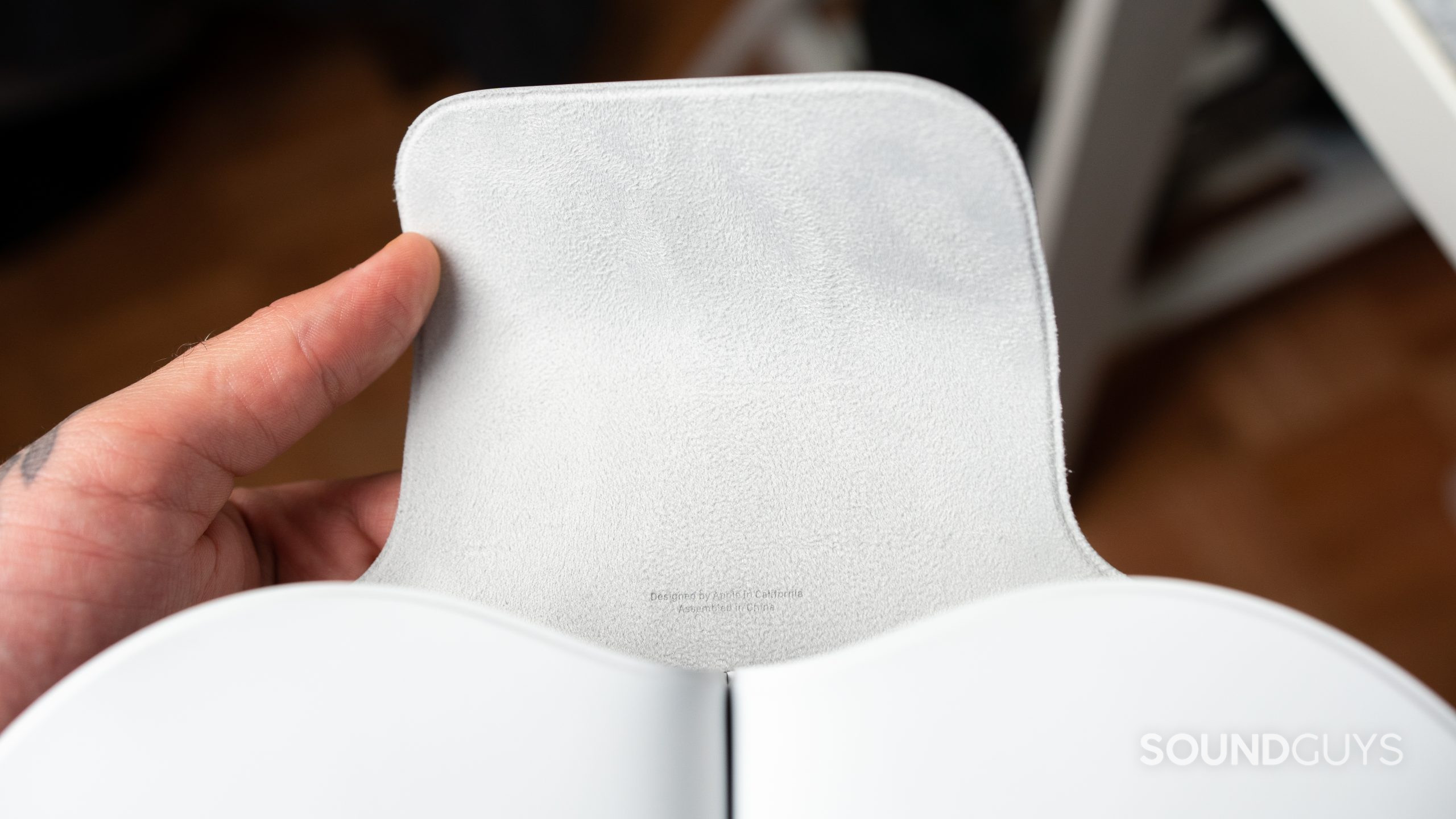
You technically can’t power the AirPods Max off manually; they don’t have a power button, and this is one of the many headset quirks. Instead, you must return the headset to its case (the best AirPods Max cases) to trigger its low-power mode. Unless you put it back into its smart case, it takes a few hours until it goes to sleep on its own, all the while wasting battery life.
The AirPods Max microphone is great as long as you use it with an Apple device. You might also get good results with some Android flagship devices, but it depends on how well they can handle wireless audio transmissions. Below are a few examples of what you can expect the microphone to sound like.
Apple AirPods Max microphone demo (ideal):
Apple AirPods Max microphone demo (office):
Apple AirPods Max microphone demo (street):
Apple AirPods Max microphone demo (wind):
How does the microphone sound to you?
Apple AirPods Max microphone demo (Huawei laptop):
How does the mic sound to you?


The Logitech G733 Lightspeed is a great gaming headset that happens to be fairly eco-friendly
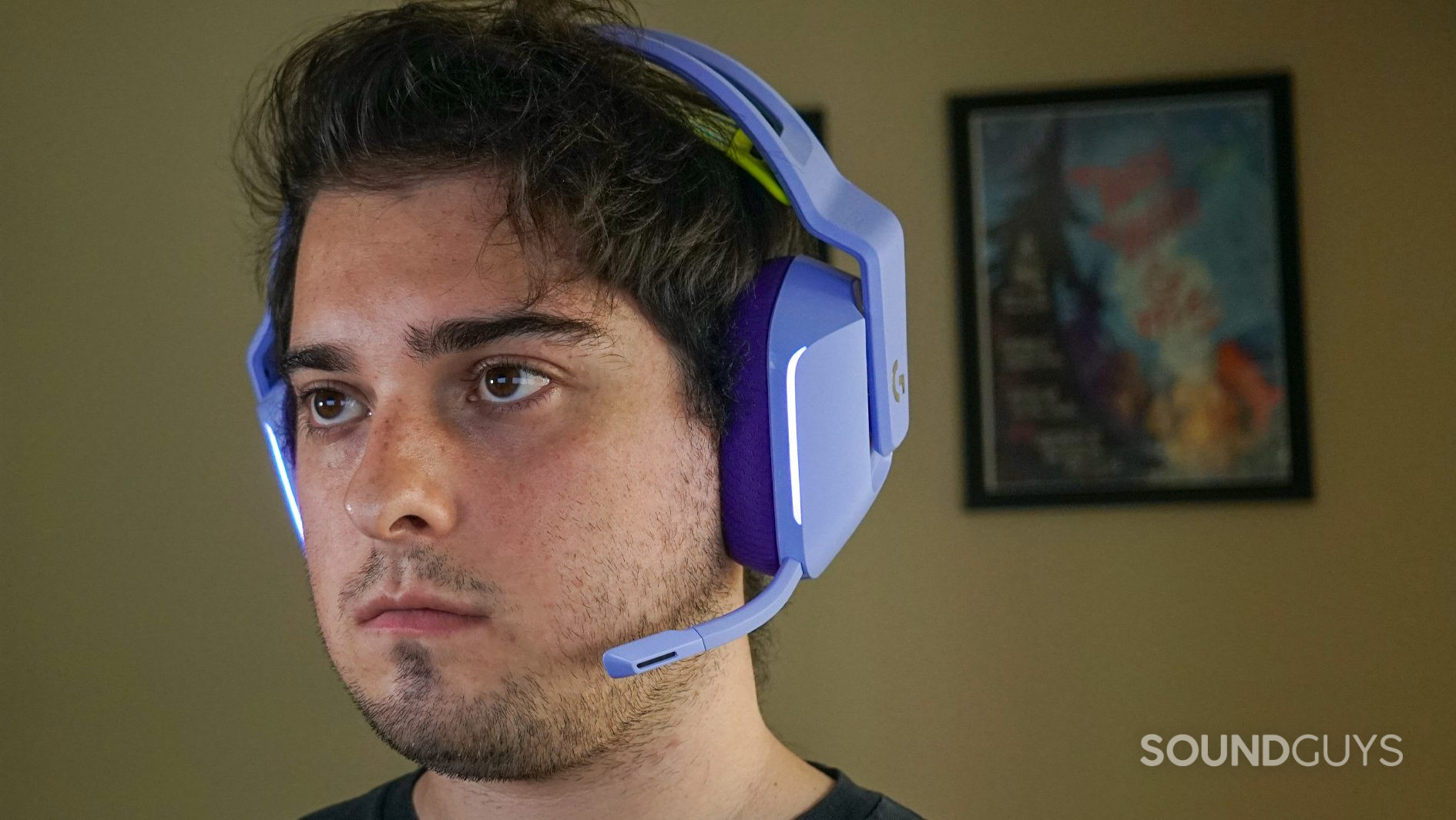
If you’re looking for a pair of headphones that’s actually carbon neutral, look no further than the Logitech G733 Lightspeed. The G733 Lightspeed is a wireless gaming headset with a battery life of around 28 hours. This long battery life is great but doesn’t quite compare to that of the SteelSeries Arctis 7+ Wireless or Arctis 7P+ Wireless, and the HyperX Cloud Alpha Wireless (also see below) blows them all out of the water.
Sound quality is very good with the G733 Lightspeed too, so you can be sure that gaming soundscapes and music will all sound great. If you find yourself wanting to change the sound, you can via the Logitech G Hub app (macOS and Windows). The app’s Blue Vo!ce features can greatly improve the microphone’s sound, which is more than we can say for other gaming headset apps.
Logitech is a member of Amazon’s Climate Pledge and the G733 Lightspeed carries a CarbonNeutral certification by Natural Capital Partners. As a company, Logitech performs LCAs on some of its products and has reported on sustainability since 2011.
The G733 features an average microphone. PC users should use Logitech’s G Hub app and its Blue Vo!ce features to enhance the sound. In addition, you can also adjust your presets to further optimize the sound.
How does the microphone sound to you?


The most eco-friendly headphones: Notable mentions
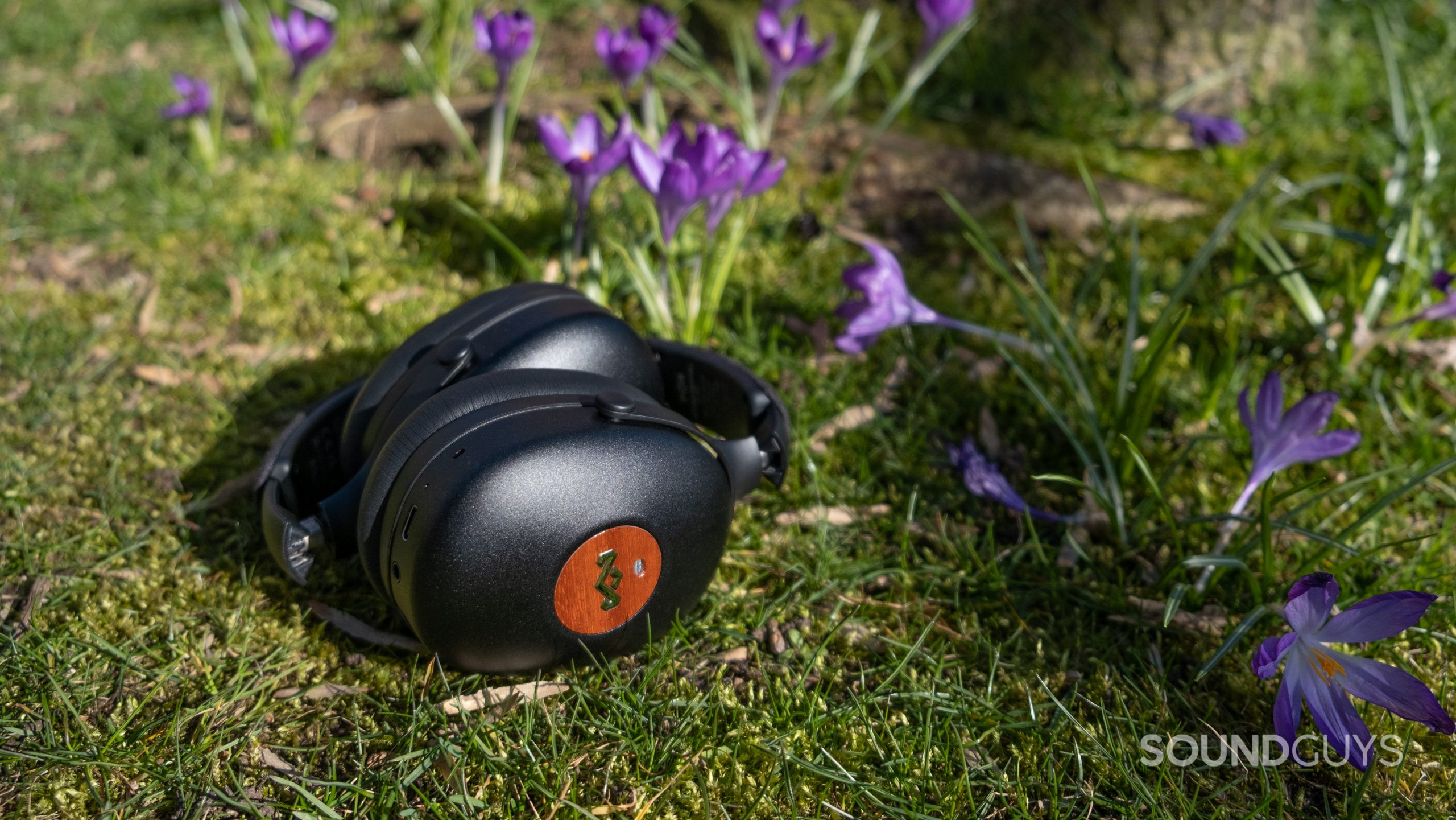
- Sony WH-1000XM5 ($387 at Amazon): Sony has been releasing sustainability reports for almost 30 years, longer than any other headphone manufacturer, and Sony has been using recycled plastic in their products since 2011. Not only does the Sony WH-1000XM5 use recycled plastic (though likely no more than 10%), but it also offers excellent ANC performance, sounds great, and offers an impressive battery life of up to 53 hours with ANC disabled.
- HyperX Cloud Alpha Wireless ($151 at Amazon): If battery life was our main criterion, this gaming headset would be a top contender. At over 327 hours on a single charge, per our standardized test, it outperforms any other product currently on the market. Unfortunately, the USB-A wireless RF dongle is its only connection option, it doesn’t feature noise canceling, and HyperX isn’t known for its sustainability efforts.
- Sennheiser MOMENTUM 4 Wireless ($289.23 at Amazon): If you’re looking for a pair of headphones with the perfect balance of battery life, sound quality, and noise canceling but a tad less expensive than the AirPods Max or the Sony WH-1000XM5, consider this pair of Sennheiser headphones. At over 56 hours with ANC enabled, it’s almost as good as the ATH-M50xBT2, which doesn’t feature noise canceling.
- House of Marley Positive Vibration XL ANC ($142 at Amazon): This set of noise canceling headphones sounds very bass-heavy, and the bass only gets relatively louder if you listen in passive wired mode. The headset is built pretty well, though its clamping force is a bit excessive, so those with large heads may not find it comfortable. If you happen to be a bass-lover with a smaller-than-average noggin, this headset may be for you.
- LSTN The Troubadour 2.0 ($179.99 at Manufacturer site): LSTN is an “inspirational electronics company.” In partnership with the Starkey Hearing Foundation, LSTN funds hearing aids for those in need. Strictly speaking, this is not an eco-friendly headphone, as it’s unclear whether the company’s ethical standards expand to its supply chain. However, if you’d like to support a good human cause, these stylish headphones with vegan leather ear pads and real wood accents could win you over.
It’s hard to recommend wireless earbuds in an article about eco-friendly headphones because shorter lifespans and irreplaceable batteries make these a liability for the environment. Unless they feature mindfully sourced materials, excellent battery life, or other eco-friendly features, such as a replaceable battery, we really can’t recommend earbuds at all.
Hold up! Something’s different:
The House of Marley Exodus’ frequency response and isolation charts were measured with our old testing system. We have since purchased a Bruel & Kjaer 5128 test fixture (and the appropriate support equipment) to update our testing and data collection. It will take a while to update our backlog of old test results, but we will update this article (and many others!) once we’re able with improved sound quality measurements and isolation performance plots. These will be made evident with our new chart aesthetic (black background instead of white).
Thank you for bearing with us, and we hope to see you again once we’ve sorted everything out.
What makes a pair of headphones more eco-friendly?
More eco-friendly products have a lower negative impact on the planet. It may seem obvious, but let’s unpack what that means.

Environmental impact is often measured in carbon emissions. However, while calculating a product’s carbon footprint is complex, even that is a simplified metric — it doesn’t account for soil or water pollution, ecosystem destruction, or biodiversity loss, to name a few key impacts. A better way to comprehensively capture negative impacts is to assess a product’s entire life cycle.
A life cycle assessment (LCA) analyzes a product’s environmental impacts from cradle to grave, i.e. from resource extraction, raw material processing, production, distribution, and use to its end of life. Unfortunately, not many manufacturers perform LCAs, and even fewer make them public. Without a comprehensive LCA, it’s difficult to say which headphones are the most sustainable, but we can get a rough idea by looking at a few key factors.
How we choose the best eco-friendly headphones
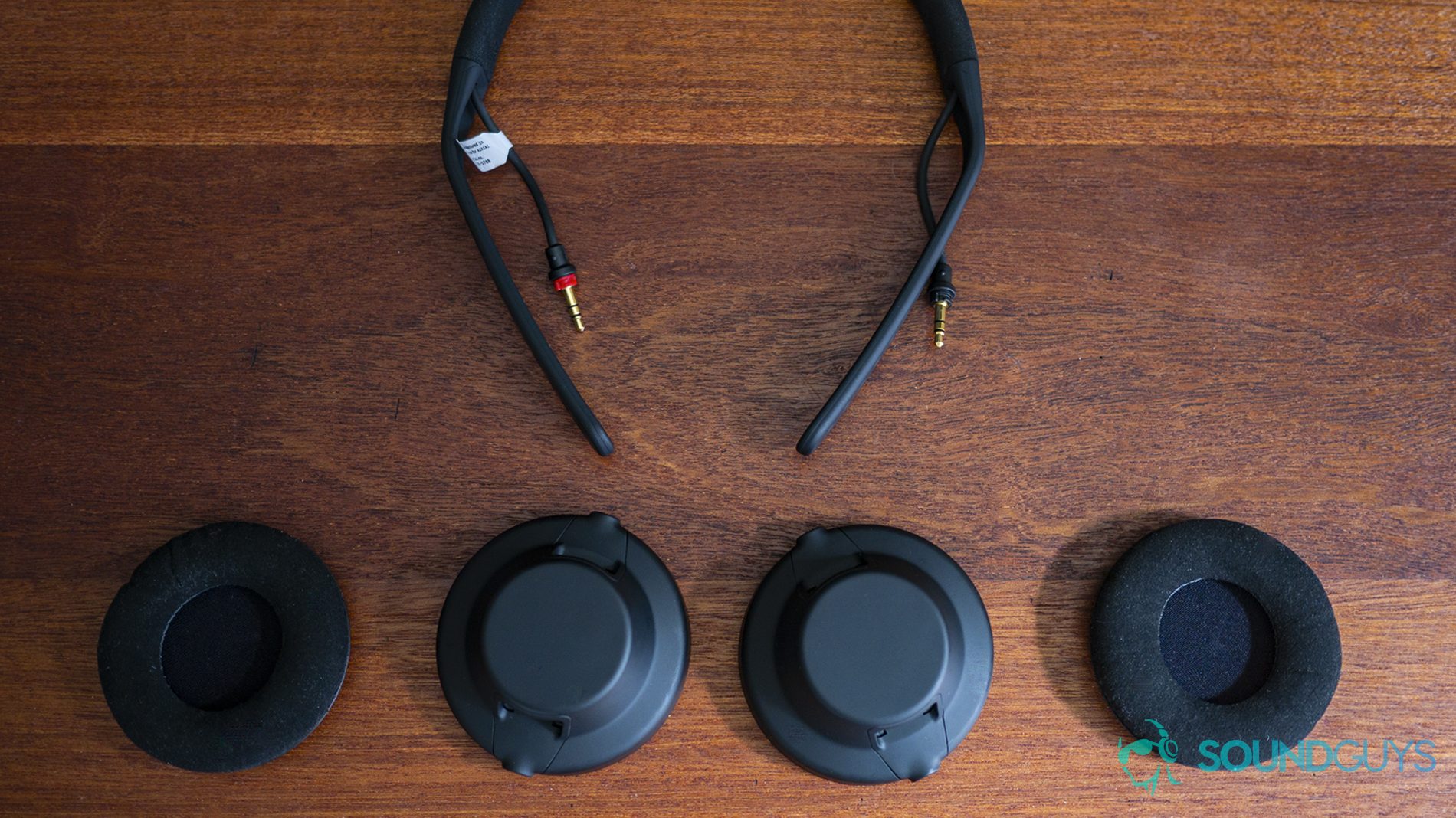
It’s hard to obtain official LCAs, so we took the idea and turned it into our own set of guidelines for picking eco-friendly headphones:
- Above-and-beyond sustainability efforts by the manufacturer
When a manufacturer demonstrates a serious commitment to reducing its negative impacts, we think it’s worth investing in its products. Companies that fall into this category are making the transition to a circular economy. That means making new products predominantly from recycled materials, sourcing remaining materials responsibly, making products repairable, and at the end of the product’s life cycle, making sure parts can be recycled and fed back into the production cycle. - The headphones use reclaimed or recycled materials
The biggest share of a headphone’s carbon footprint is tied to its production. Raw material extraction and processing alone account for 53% of global carbon emissions. Replacing freshly minted materials with reclaimed or recycled alternatives means we can drastically reduce a product’s negative impacts on the environment. - The headphones use more sustainable (raw) materials
When it’s not possible to use reclaimed or recycled materials, manufacturers can look for other sustainable alternatives. For example, wood from a sustainably managed forest, metals extracted in mines that don’t use child or slave labor, or fully recyclable plastics. - The headphones are modular or repairable
Making individual components, such as the battery or a driver, replaceable or repairable can significantly increase a product’s lifespan. What’s more, it can be easier to break apart and recycle modular products, potentially resulting in even less resource extraction. - The headphones have an extra-long battery life
A battery with greater capacity generally also translates into a longer product lifespan. That’s because lithium-ion batteries tend to die slowly because they lose a tiny bit of capacity with every charge cycle. - The headphones offer a wired audio option
Even wireless headphones can come with a wired option via an audio jack or USB. This makes them more sustainable as they will remain functional even when the battery dies. Why smartphone manufacturers ditched the headphone jack is beyond us. - The headphones meet the SoundGuys quality standards
After picking candidates that met one or more of the above criteria, we weighed eco-friendliness against the overall quality of the headphones and chose models that satisfied both sets of standards.
Why you can trust SoundGuys

At SoundGuys, we’re dedicated to testing every product we recommend, and we adhere to a strict ethics policy. Our objective tests are based on standards we continuously improve on. We measure frequency response, isolation, active noise cancelation, and battery life. For this article, we also looked into sustainability-related criteria as outlined above. There’s always a subjective dimension to our reviews as we try to cater to different reader preferences. Our goal is to recommend products you will enjoy for many years.
Frequently asked questions about eco-friendly headphones
The materials found in headphones include various types of metal, plastic, wood, and fabric. Many headphone manufacturers use vegan leather as a more ethical alternative to real leather. You’ll also find recycled and novel types of plastic in modern headphones, which demonstrates the progress we’ve made in material science. However, this doesn’t necessarily mean the headphones are more sustainable or that manufacturers are more eco-conscious. Often, using alternative materials is simply cheaper; but when they also make our headphones more eco-friendly, it’s a win-win situation.
No, wireless headphones generally aren’t more sustainable than wired models. They may contain an audio or USB-C jack as a fallback option, but the battery makes it harder to recycle the headphones and presents a potential hazard to the environment. Wireless-only headphones have a reduced lifespan compared to headphones with a wired option since the average lithium-ion battery only lasts a few years, depending on its size. This makes wireless earbuds worse than headphones because an earbud’s battery capacity is much smaller, which also translates into a shorter lifespan.
Great question! We have a detailed article on how to recycle your old headphones and earbuds. There are a few options, like refurbishing headphones, selling or trading headphones, and using trade-in programs.
Yes, you can! Most importantly, don’t get earbuds. If you must, learn how to make your earbuds last longer. If you go with Bluetooth or ANC headphones, get a pair with a wired audio option, so you can still use them when the battery goes bad. Also, keep in mind that longer battery lives equal longer product lifespans. Meanwhile, you can replace or repair ear pads and headbands.
